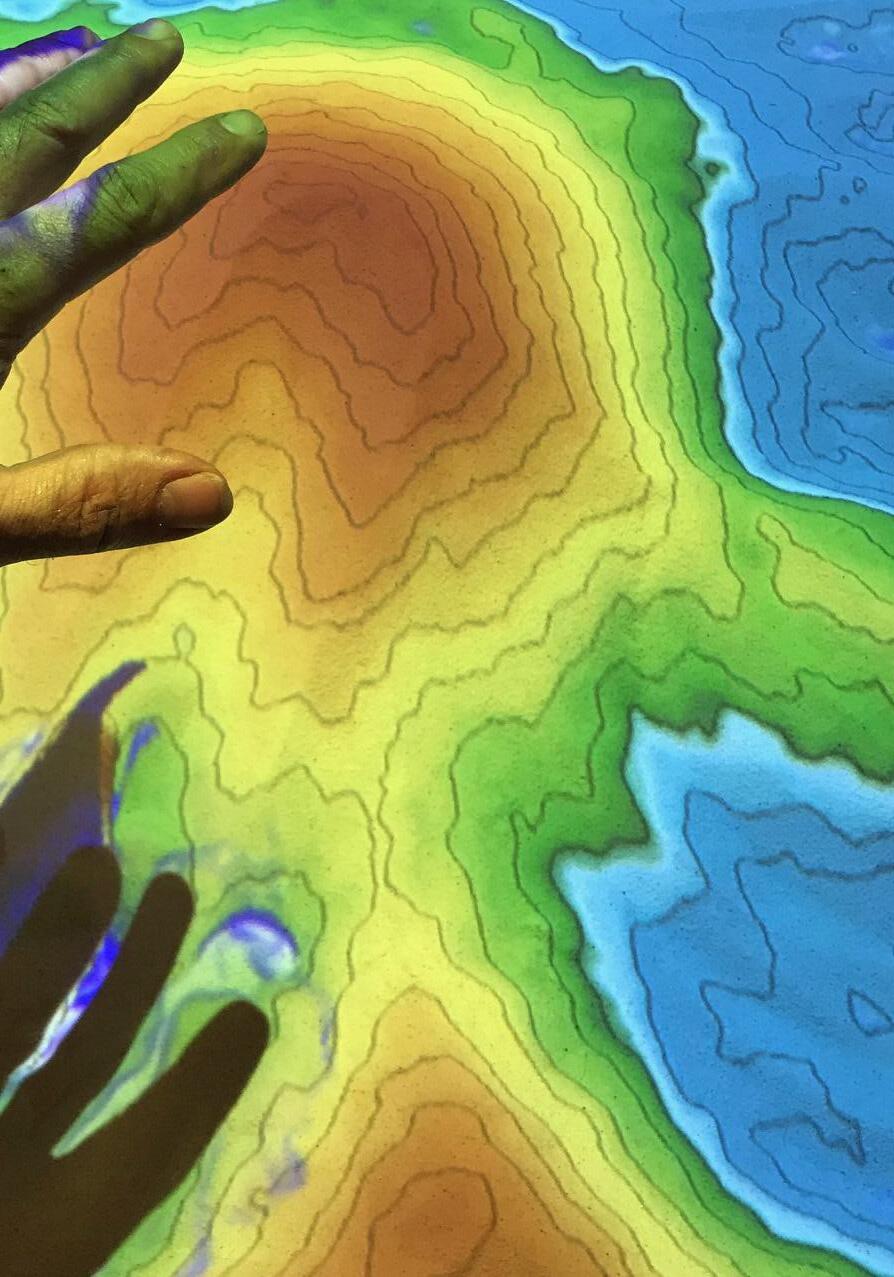




Welcome to the latest edition of our camp magazine, dedicated to the remarkable STEAM program at St. George’s Summer Camp. As the director, I am incredibly proud of everything we are achieving together. Our STEAM program, which encompasses Science, Technology, Engineering, Art, and Mathematics, stands as a testament to our ongoing commitment to progress and the continuous development of our activities.
The essence of our camp is innovation and growth, and nowhere is this more evident than in our STEAM initiatives. This program is the brainchild of our ever-inventive Jan, who never runs out of ideas. His relentless drive to enhance our offerings ensures that our campers are always engaged in cutting-edge educational experiences that blend fun and learning seamlessly. Jan’s visionary approach keeps our program dynamic and forward-thinking, making it one of the highlights of our camp.
As the director, my pride extends to the exceptional quality and dedication of our teaching staff. Our educators are the backbone of the camp, bringing a wealth of knowledge, creativity, and enthusiasm to their roles. Their commitment to providing an enriching and supportive environment for our campers is truly commendable. They go above and beyond to ensure that each child is not only learning but also developing a genuine passion for STEAM subjects.
The energy that the children bring to the camp is equally inspiring. Their curiosity, enthusiasm, and eagerness to explore new concepts are what drive us to continually enhance our programs. Seeing their eyes light up during a science experiment, their excitement in tackling a new technology project, or their pride in creating an artistic masterpiece is immensely rewarding. The campers’ vibrant energy and zest for learning are the heartbeat of our camp.
I want to extend my heartfelt thanks to everyone involved in making our STEAM program a success. To our educators, your hard work and dedication do not go unnoticed. To the campers, your enthusiasm and engagement are what make our efforts worthwhile. Together, we are building a community of young minds that are not only equipped with knowledge but also the creativity and critical thinking skills needed for the future.
Here’s to another fantastic summer of learning, exploration, and fun. Bravo to all, and let’s continue to reach for the stars!
Warm regards,
Thibaut Descoeudres Director, St. George’s Summer Camp
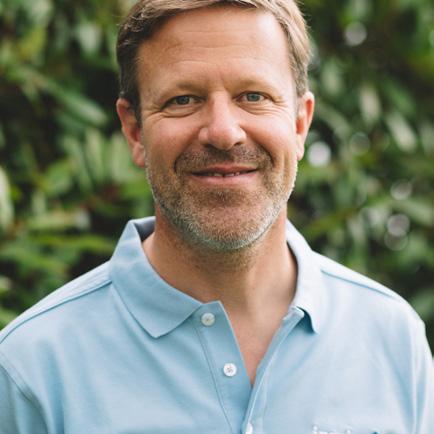

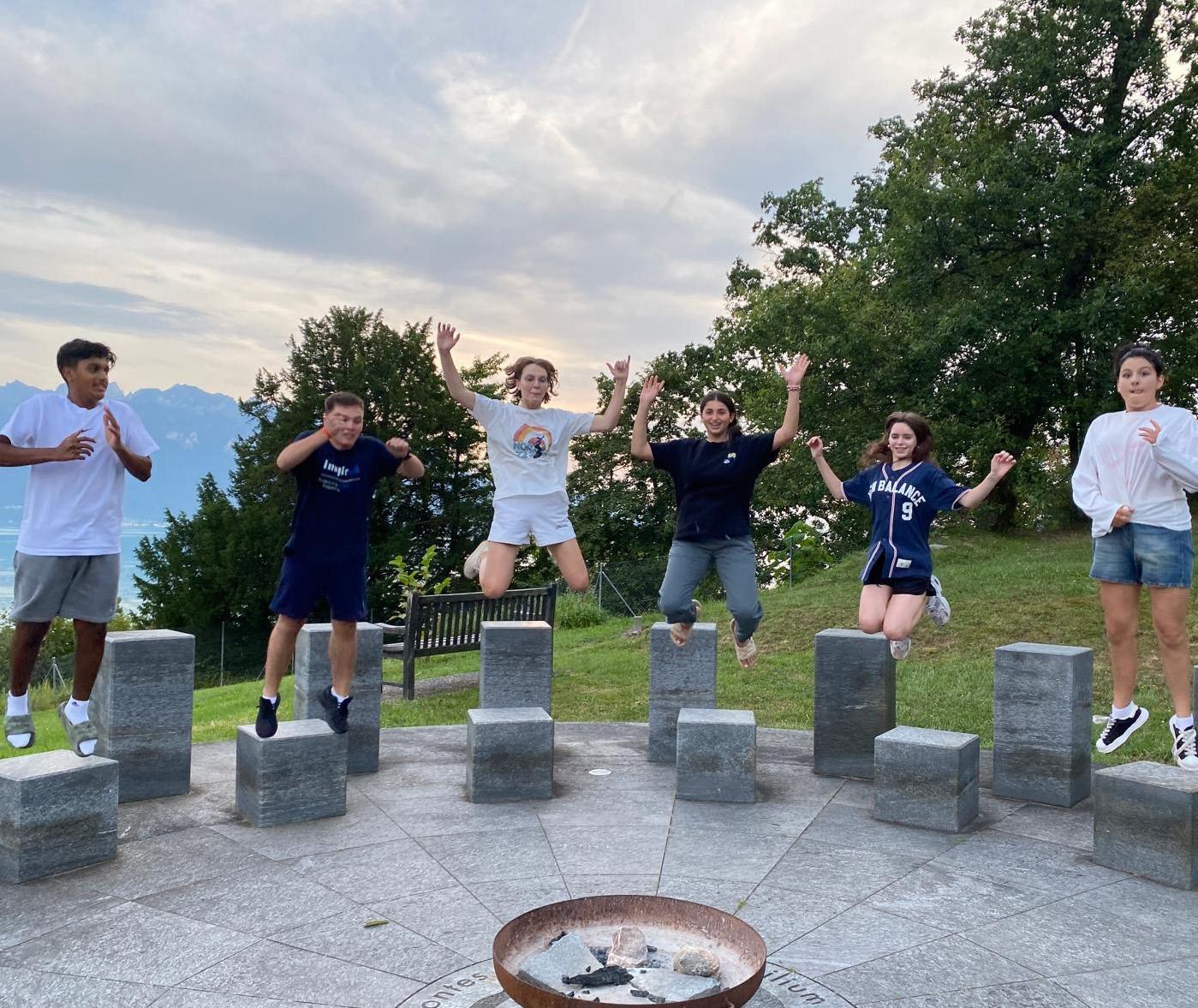
Inspired is the leading global group of private schools operating in Europe, Asia-Pacific, Africa, the Middle East and the Americas, educating over 80,000 students across a global group of more than 110 schools. At Inspired, we believe that enriching educational experiences instil the knowledge, attitudes, beliefs and values that set students up for success in life.
Whether your child is with us full-time or for a few weeks over the summer, they will enjoy a new standard in private education with a dedication to excellence permeating every aspect of the experience.
Through innovative, challenging and enriching rogrammes that span academics, performing arts and sports, students leave with lifelong memories, self-confidence and a love for learning.
Discover Our Camps across Spain, Switzerland, Italy, UK, Portugal & the Bahamas
Fay Mackman Camps Coordinator
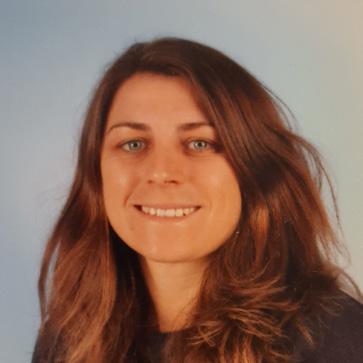
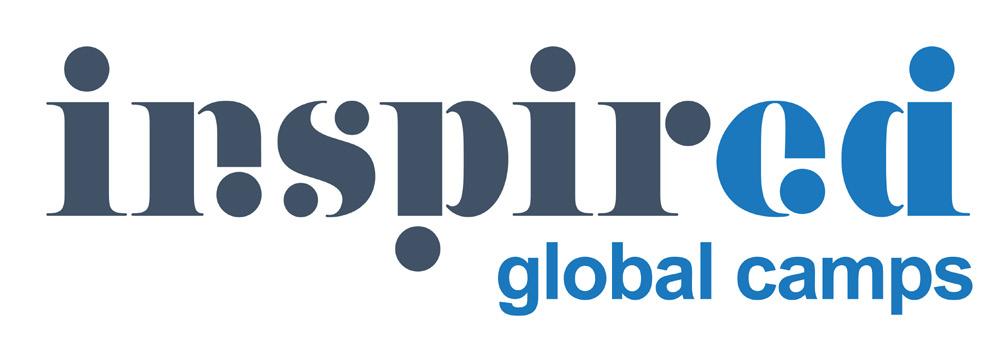

The last 6 years Addictlab has been involved in organising and rolling out the STEAM activities at the St George’s International School during the Summer Camps in July and August. STEAM is Science, Technology, Engineering, Art and Mathematics, but I tend to believe we go beyond that.
Our SDGFabLab at the University of Geneva serves as a research center to build a holistic vision on education. The concept of mixing creative disciplines has been my field of interest for the last 27 years, combing art, fashion, design, technology, sustainability, engineering and more.
So we have turned the school into a lab, with over 10 locations with different disciplines and trained facilitators. The art room, the VR room, the computing lab, the WASTE lab, the robotics room, the chemistry lab: it’s all part of a plan to inspire and teach a lot of children from different cultures and backgrounds.
Organisation
How do you do this? We need a truly talented team. And an innovative lesson plan combining tradional tools and state of the art devices.
And boxes. Lots of boxes. Because behind this all is a modular and mobile creative lab concept: at Addictlab we now have about 150 boxes with different techniques, tools, machines and devices.
All of them tested, not just for one student but to be appropriate for bigger numbers. All is organised in a database, linked to another database of activities we can do with those tools, in line with the SDGs, the Sustainable Development Goals.
SDGZINE.ORG is an initiative from Jan Van Mol, the ADDICTLAB ACADEMY and partners contributing to the sustainable development goals of the United Nations.

Documentation is key.
There is just no discussion: the Sustainable Development Goals need all our attention. We want your kids to be ambassadors for a sustainable future. That’s why our activities are in line with and based on the SDGs.
As part of our educational model, we create magazines. To document best practices, to highlight great ideas, to pass on knowledge. The SDGs have added an important navigation system both through addictlab’s lesson plans as through this SDGzine.
A remarkable editorial room.
The covid egg, a sitting object that has been installed in the school’s theater, serves as our editorial room. It’s a proof of digital fabrication we can do in a lab like ours. And it’s also a way to showcase the SDGzine to a larger audience.
Your children.
But it’s all about your kids, to be frankly. How can we accelerate their talent? How can we prepare them for the future, and let them build that future sustainably?
We bring so many different experiences and boxes, that I am sure that all kids will find something that triggers them personnally. That’s our Steam team’s mission.
I am very proud to present you this special edition of the SDGzine, as it’s proof of your kids talents. Sometimes their talent is clear, in full sight. Sometimes it’s hidden. Let’s make sure together it doesn’t stay unlocked.
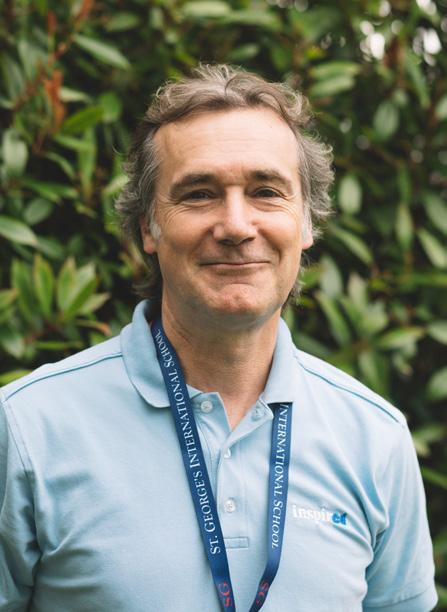
Jan Van Mol Founder Addictlab publisher SDGzine
janvanmol@sdgzine.org

Cover Image picture by Jane
Editorial board
This magazine was created with the help of students from the 3 Summer Camp Sessions. They participated in writing, taking pictures, selecting art work.



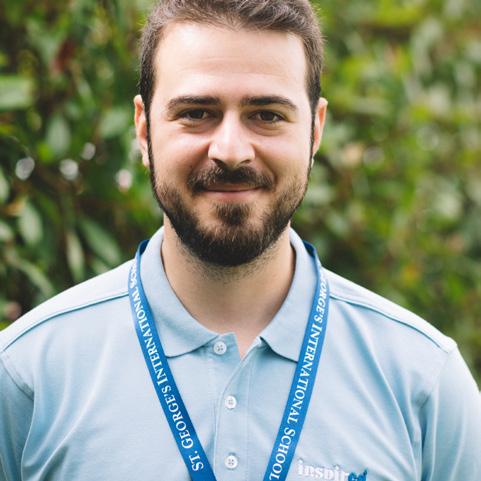
My name is Magda, I’m 29 years old and I’m from Greece. My profession is greek philology and special education. I obtained my BSc in Greek Philology and after that, I got my Masters Degree in Special Education. I am currently teaching Greek Language, Biology, Maths, and History in both Primary and High Schools in my home town, Athens.
My hobbies are literature, volleyball, theater and knitting.
Hello! I’m Fotini (pronounced pho-tee-nee), an English teacher from Greece. I enjoy teaching children using a blend of technology and traditional methods, adapting easily to open-space environments. My passion lies in outdoor experiential teaching, gamification in learning, and educational technology. I believe STEAM projects provide a fun and safe environment for young, curious minds to explore, question, discover, and solve problems while applying principles from math, science, and art.
Certified CELTA and CELTYL teacher based in France. Been teaching English for 15 years and delighted to be in the STEAM team again this year at St. George’s International School summer camp.
Dedicated professional at Addictlab in Geneva, a creative research platform and laboratory that fosters innovation through multidisciplinary collaboration. With a keen interest in SDGs.
Passionate about cuisine and wine. Autodidactic artist and crafter.
My name is Panos, and I am 25 years old from Greece. I hold a Bachelor’s degree in Early Childhood Education and have been teaching educational robotics in Greece for the past six years. In addition to my passion for robotics, I have a strong enthusiasm for sports, particularly rowing, where I have achieved significant success as an athlete over many years. After retiring from competitive rowing, I pursued and obtained a coaching degree, subsequently spending three years as a rowing coach at my club’s academies. My hobbies include traveling, engaging in extreme sports, creating with Lego, and enjoying cinema.
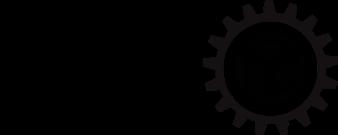
Months of preparation went ahead of that first Sunday, to make sure that on Welcome Day, both parents and students feel excited, and relieved. For the parents to leave their kids in an inspiring and controlled environment. For the kids to start a journey of discovery and camaraderie, paving the way to new friendships and learning subjects.




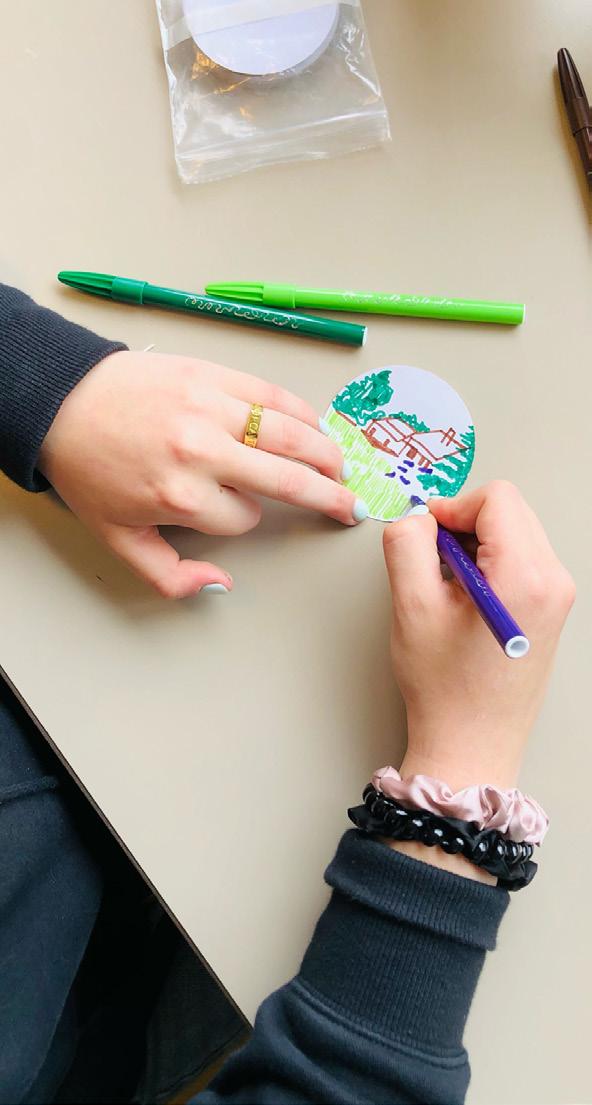

Not one location for STEAM..., but 10 dedicated spots. Every morning we meet in the Assembly hall, after which all groups go to their respective lab spaces for the day with one of the trained facilitators.
Addictlab is running the SDG Fablab in the SDG Solution Space. All activities are linked to create awareness, educate or even hand over solutions on the Sustainable Development Goals from the United Nations
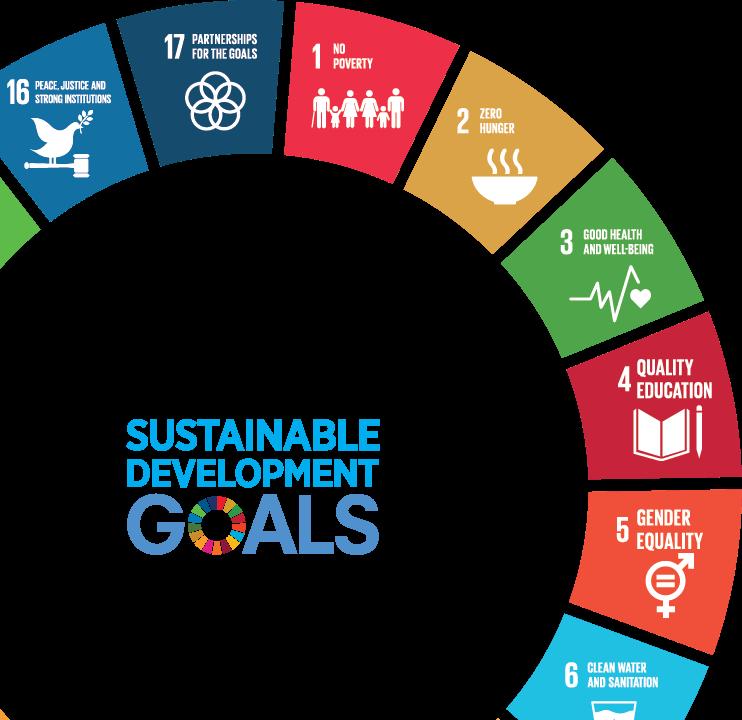
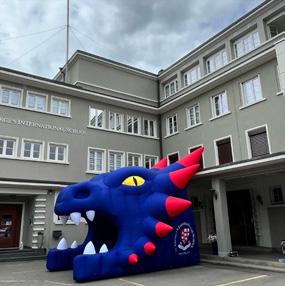
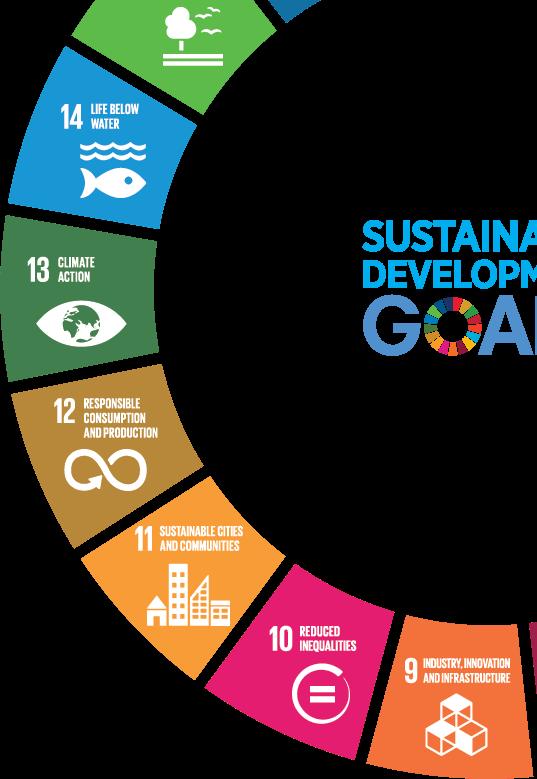

Profiling: We know what we teach, but do we know who we raise?
The Creative Chemistry Table was created 26 years ago by Jan Van Mol when he founded Ad!dict Creative Lab. The aim is to merge creative disciplines, to be inspired by other fields and cultures, and obtain more depth in the creation process.
Through the years leading up til now, Ad!dict Creative Lab or short addictlab, has conducted a large amount of brainstorming sessions, published over 35 books or magazines, and set up ideation processes for companies and organisations from Thalys trains, Lexus, Diesel, the chocolate and design industries, to governments and cities as well as institutions such as the University of Geneva.
Today, the Creative Chemistry table consists of 145 disciplines or human ‘capabilities’, 76 character cards, the 17 sustainable development goals and more. This card set is a concrete package from a proven methodology to allow groups of people and individuals to think out of the box. It’s a unique tool for collective intelligence.
All students of the Summer Camp use these cards to profile themselves. What do they like? How do they see their future? What is important to them personally?
3 boxes.
1. Creative Chemistry cards.
About 145 creative disciplines. Divided into 14 categories, these are fields where we can be creative in. From photography to medicine, from tattoo to government. Categories go from Public Sphere, over Communication to Critical Thinking.
2. Character & profiling cards.
About 50 character cards based on the IB profile (International Baccalaureat). Cards on a person’s character and learner. ‘I am curious’, ‘I like to share’ and more.
3. Sustainable Development Goals cards.
The 17 Sustainable Development Goals as defined by the United Nations for 2030. We added 3 cards for an easy visualisation of the impact you create while designing or having ideas: how will your idea create a positive or negative impact on each of the 17 SDGs? And how can you adapt that idea?
More cards.
Emotion cards.
8 basic emotions cards. Evident to use for personal profiling , but also because our ideas or ideation capabilities will be influenced by current, past or future emotions.
Gender cards.
To allow diverse gender profiling we added ‘male’, ‘female’ and ‘other’ genders.
Senses.
5 senses cards adding all 5 senses for future use.
IP Cards.
Currently, the Addictlab Academy is joining forces with WIPO (world intelectual property organisation) to add IP protection, patents and help to protect your ideas to the card set.

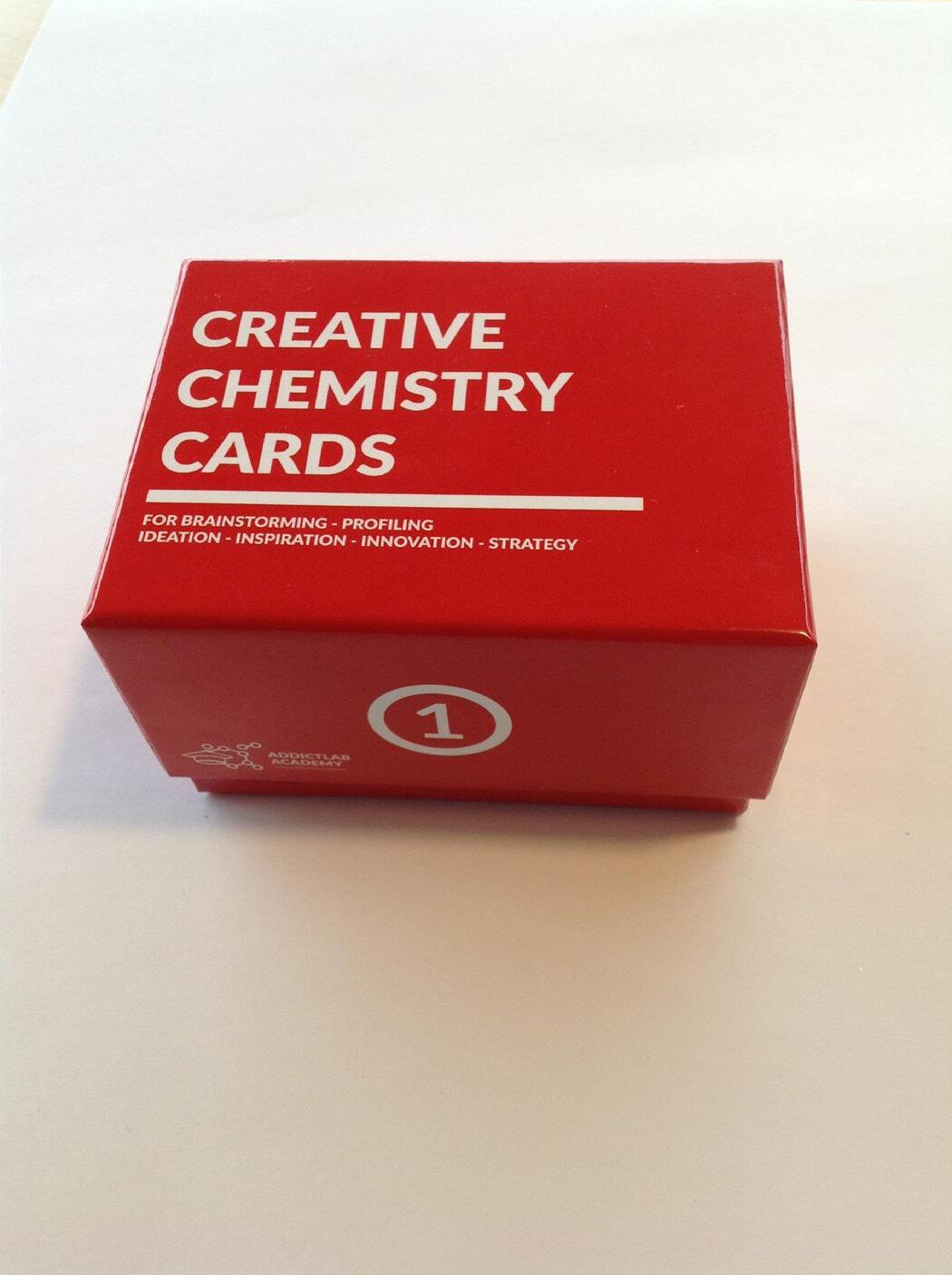
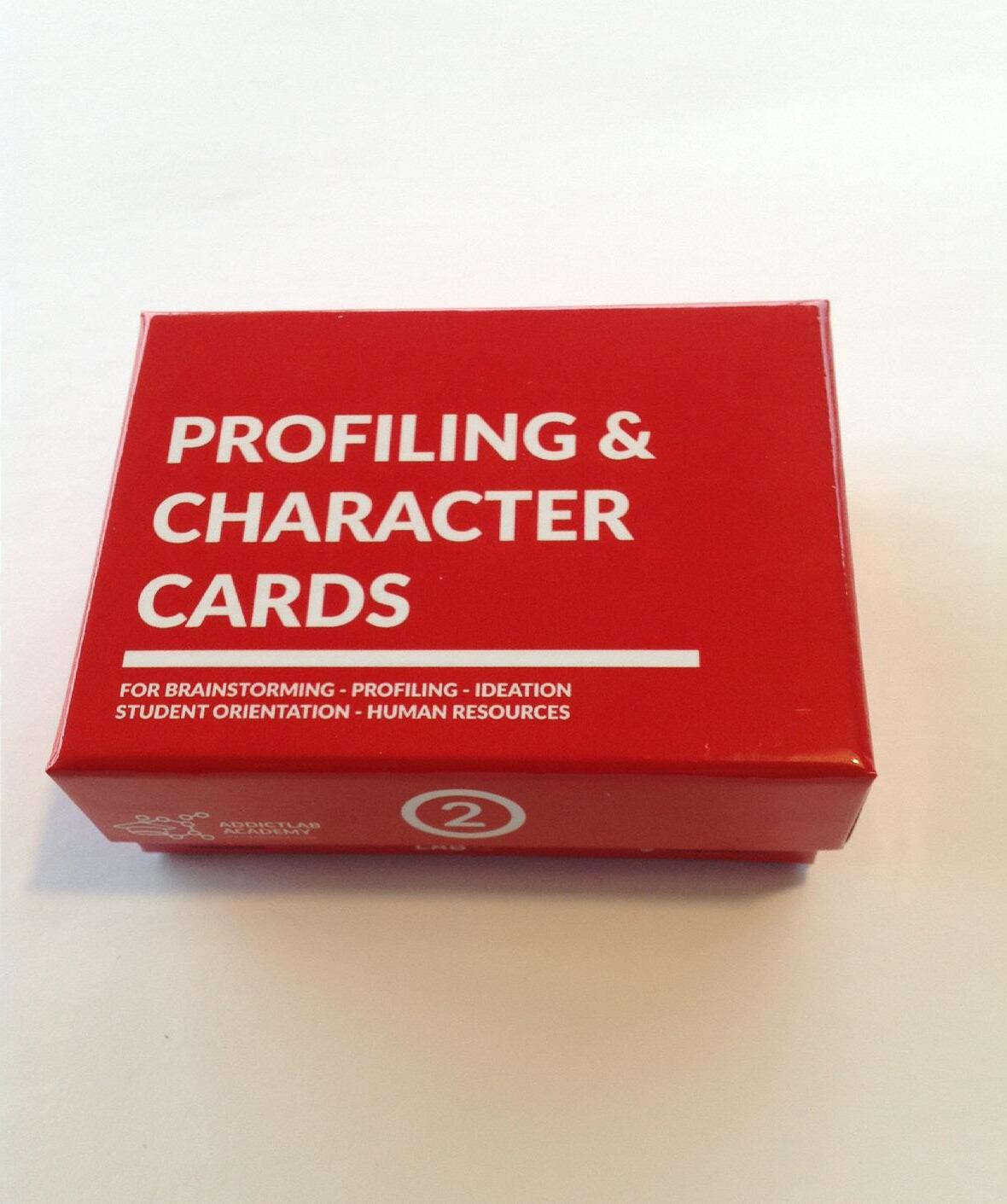

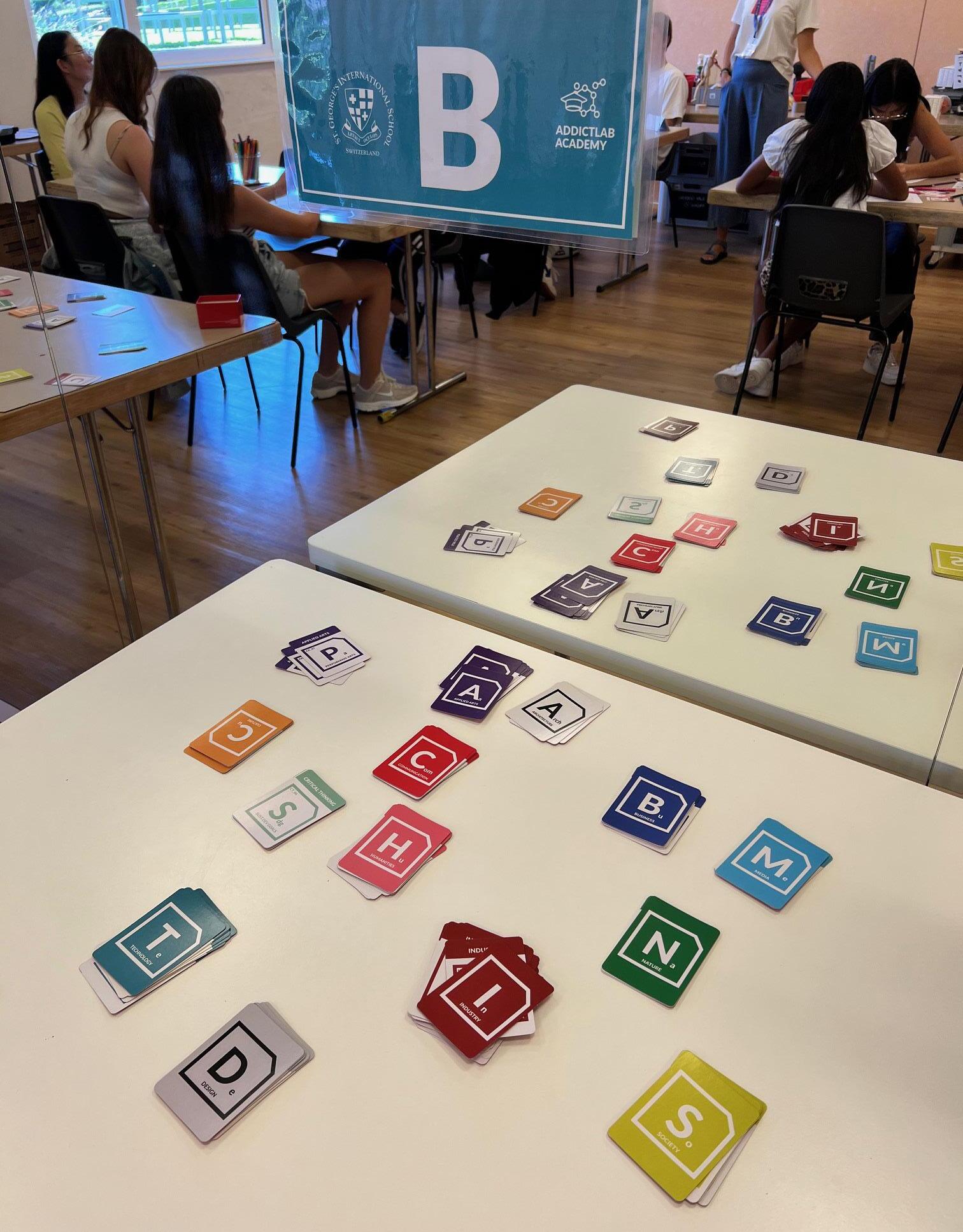
In this project, we started with picking technology cards, which had labels that we were interested in. We chose the cards and a blank paper. First, we started with writing our name, age, nationality and steam group. After we drew the cards that we chose for our poster and for the last step, we wrote little paragraphs about ourselves. This way we all got to know each other better.
By Ela Baser

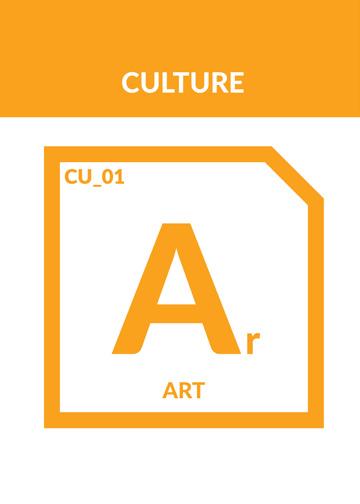
Documentation is key. We want students to learn to draw.. not just for the art sake of it, but also to document and share their ideas. Sketching is an important step in that. ideation process.
So what’s the first lab activity: learn to use the ancient technique of book binding, for each kid to create her or his own sketch book.
The first, and easiest step in the book binding process is the titular material prep. Every student selected a minimum of four coloured pieces of A4 paper, which would be folded in half to make a total of 8 pages in the book, Then, these pages


would be aligned with the edge of a piece of A3 card, and secured in place with a binder clip. And so, the notebooks were ready for the next step.
This step was the most difficult for the vast majority of students because of the nature of it. Still, students persevered. To bind a book’s pages to its cover, three holes are poked through the cover and pages, held by a binder clip for alignment. One in the middle, and two more 5cm above and below. Then, students would thread their needle through all three holes with a back stitch, then tie a double knot to ensure the integrity of their project.
Throughout the rest of the camp, students used their own creations to record valuable reflections on classes, helping them to better their STEAM abilities and to recognise their areas that require improvement.
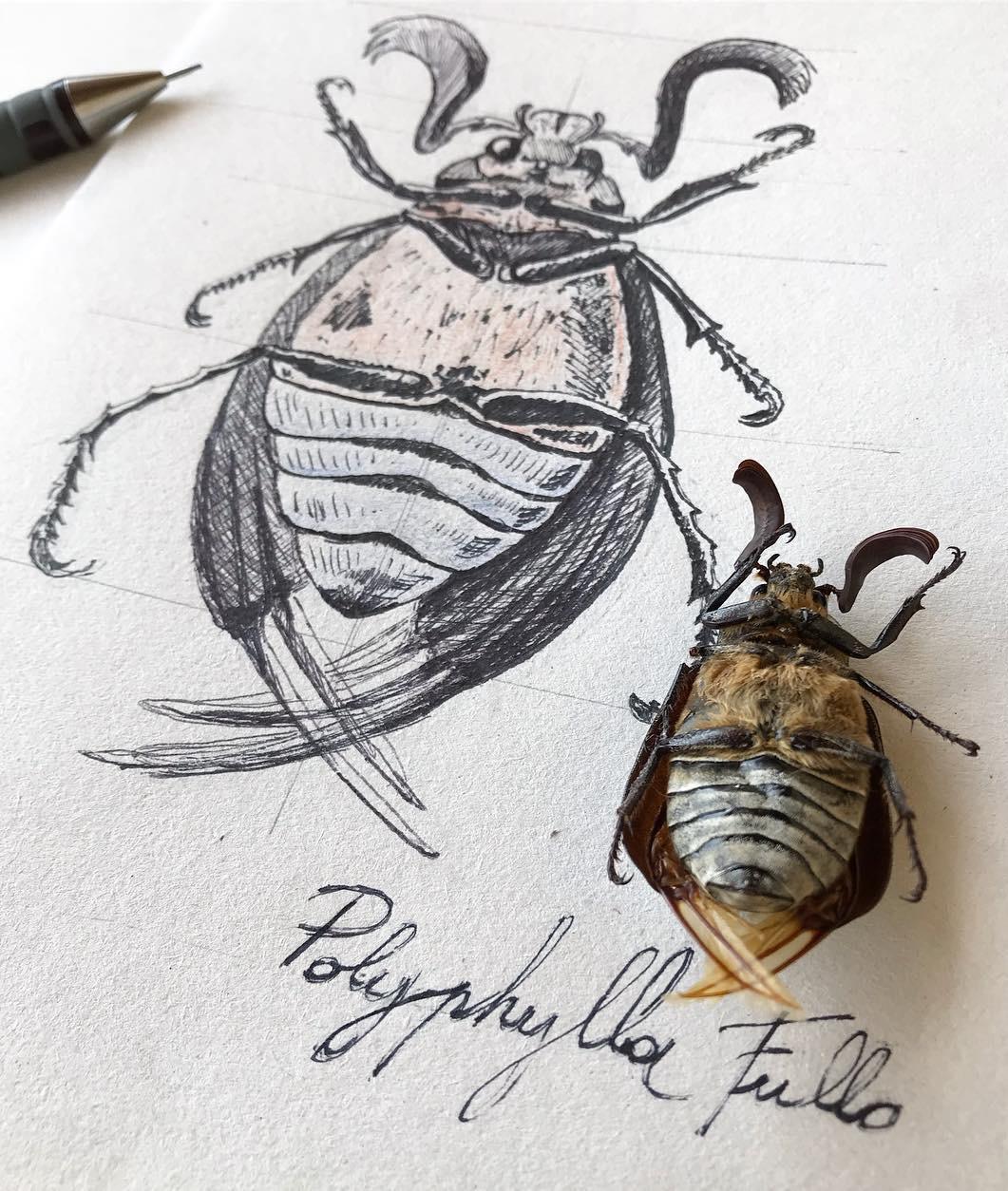

Using a linocut technique with... lego. Create your art piece, then add paint on top of the lego.
Next, you place a paper on it, and apply some pressure... Then simply and gently peel off.
This art activity is surprisingly successful.
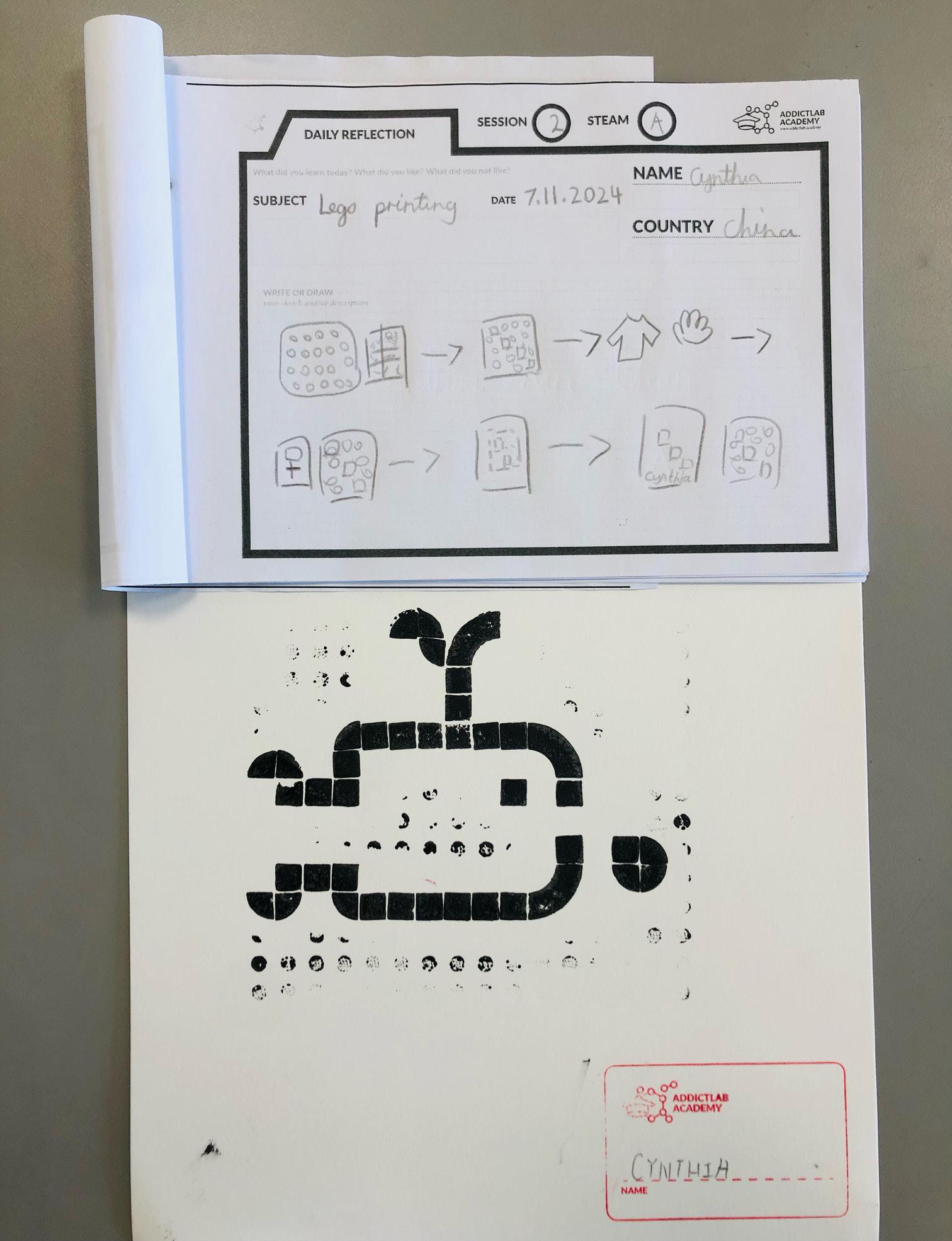









Create your own sketch book using a simplified book binding technique.
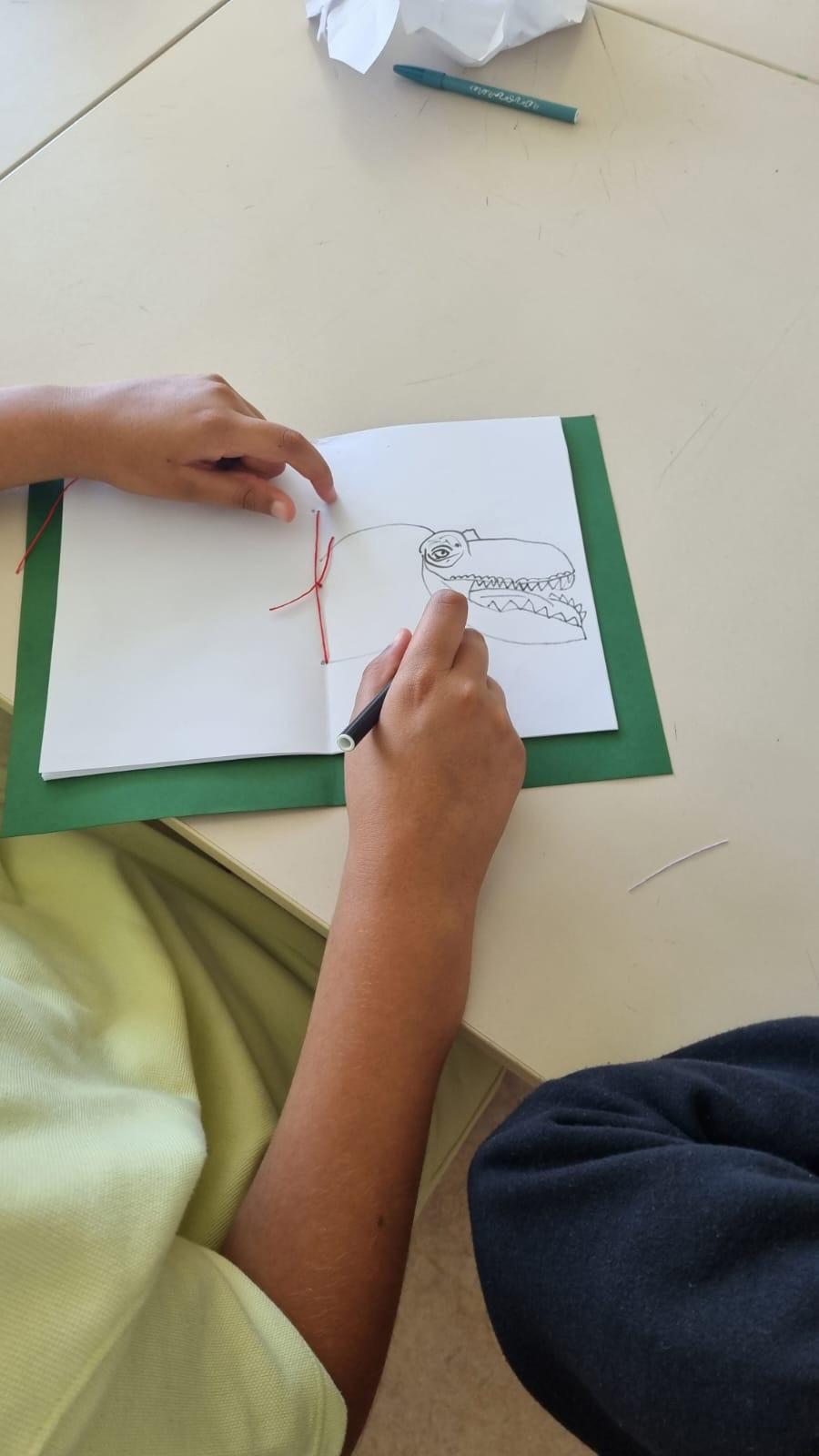

Cyanotype (from Ancient Greek κυάνεος - kuáneos, “dark blue” + τύπος - túpos, “mark, impression, type”) is a slowreacting, economical photographic printing formulation sensitive to a limited near ultraviolet and blue light spectrum, the range 300 nm to 400 nm known as UVA radiation.
It produces a cyan-blue print used for art as monochrome imagery applicable on a range of supports, and for reprography in the form of blueprints. For any purpose, the process usually uses two chemicals: ferric ammonium citrate or ferric ammonium oxalate, and potassium ferricyanide, and only water to develop and fix. Announced in 1842, it is still in use.
Students of the Summer camp first prepare the solution and create a canvas. Next, they draw.
The drawing is then copied on a transparant film with black markers.
The drawing is then fixed on the dried canvas. This all happens inside, away from the sun and UV.
Next step: go outside and expose canvas and drawing to the sun. The time of exposure can vary depending on the season, clouds, weather, time of the day. There is testing to be done.
To finish the exposure, all papers need to be washed under running water.


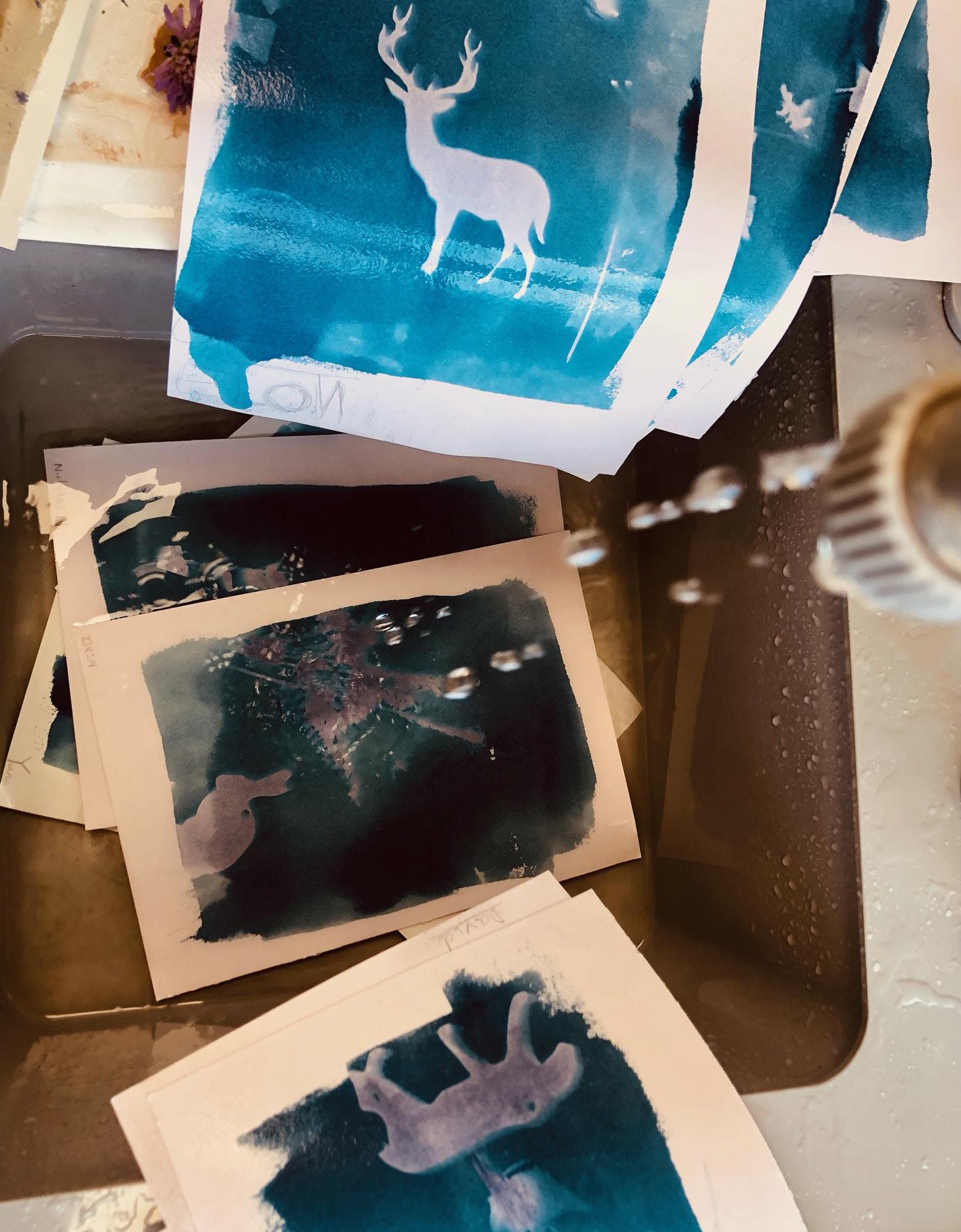
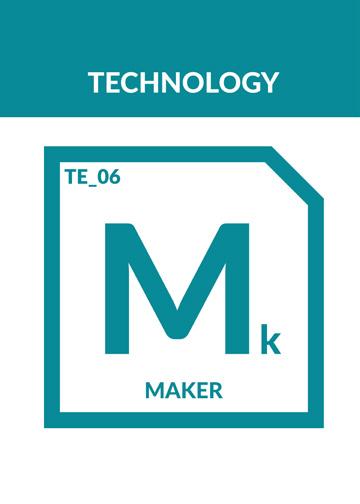
A fab lab (fabrication laboratory) is a smallscale workshop offering (personal) digital fabrication.
A fab lab is typically equipped with an array of flexible computer-controlled tools that cover several different length scales and various materials, with the aim to make “almost anything”. This includes technologyenabled products generally perceived as limited to mass production.
While fab labs have yet to compete with mass production and its associated economies of scale in fabricating widely distributed products, they have already shown the potential to empower individuals to create smart devices for themselves. These devices can be tailored to local or personal needs in ways that are not practical or economical using mass production.
The fab lab movement is closely aligned with the DIY movement, open-source hardware, maker culture, and the free
and open-source movement, and shares philosophy as well as technology with them.
During the Summer Camp, Addictlab turned the schools dance room into a maker space, and brought in machines and tools that are used in FabLabs all over the world.
The makerspace contains a laser cutter, vinyl cutter, soldering stations, hands on tools to allow smal scale devices, and prototyping.
It is also a place where our students from very young will learn to use an electric saw, screw drivers, and even soldering.


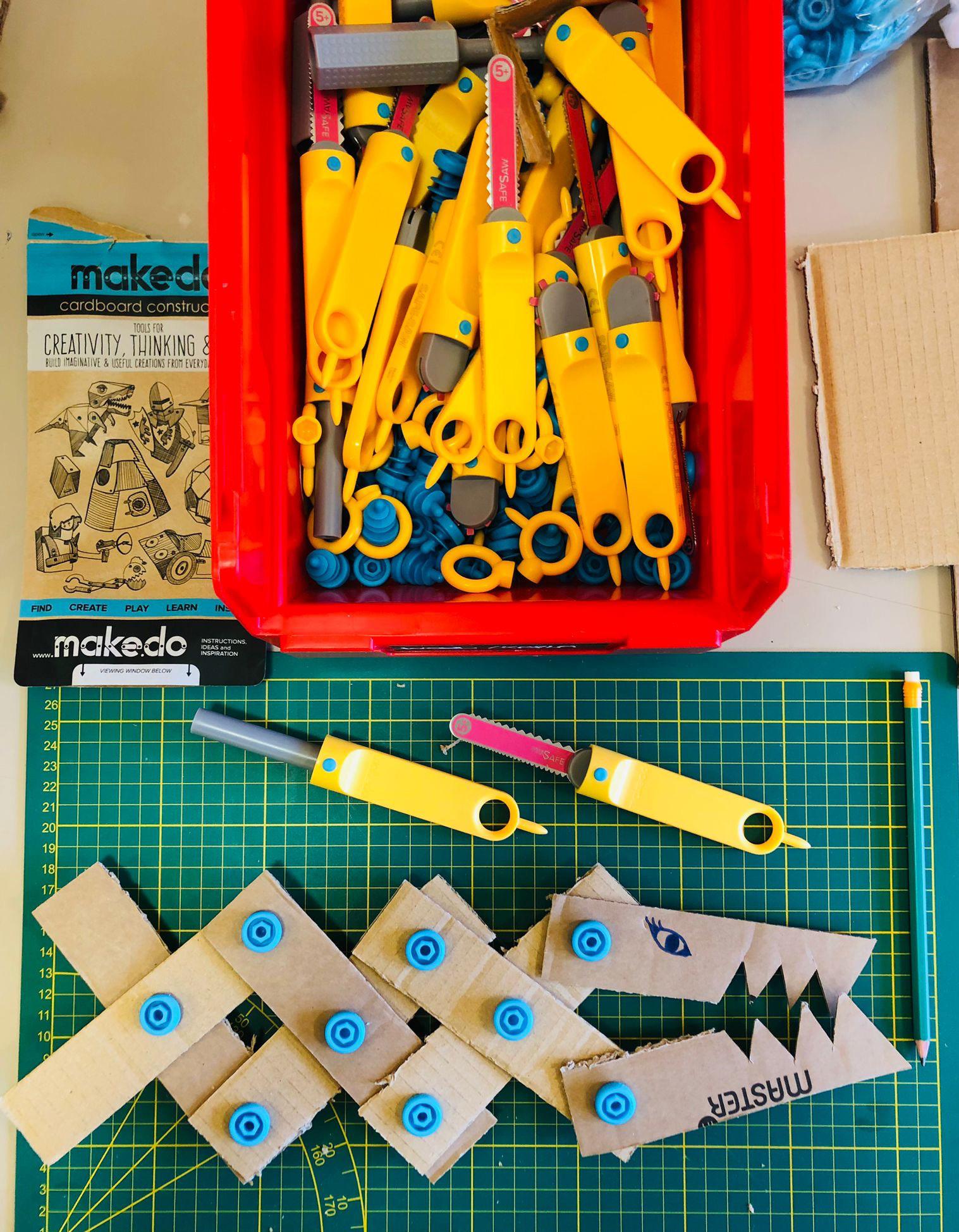

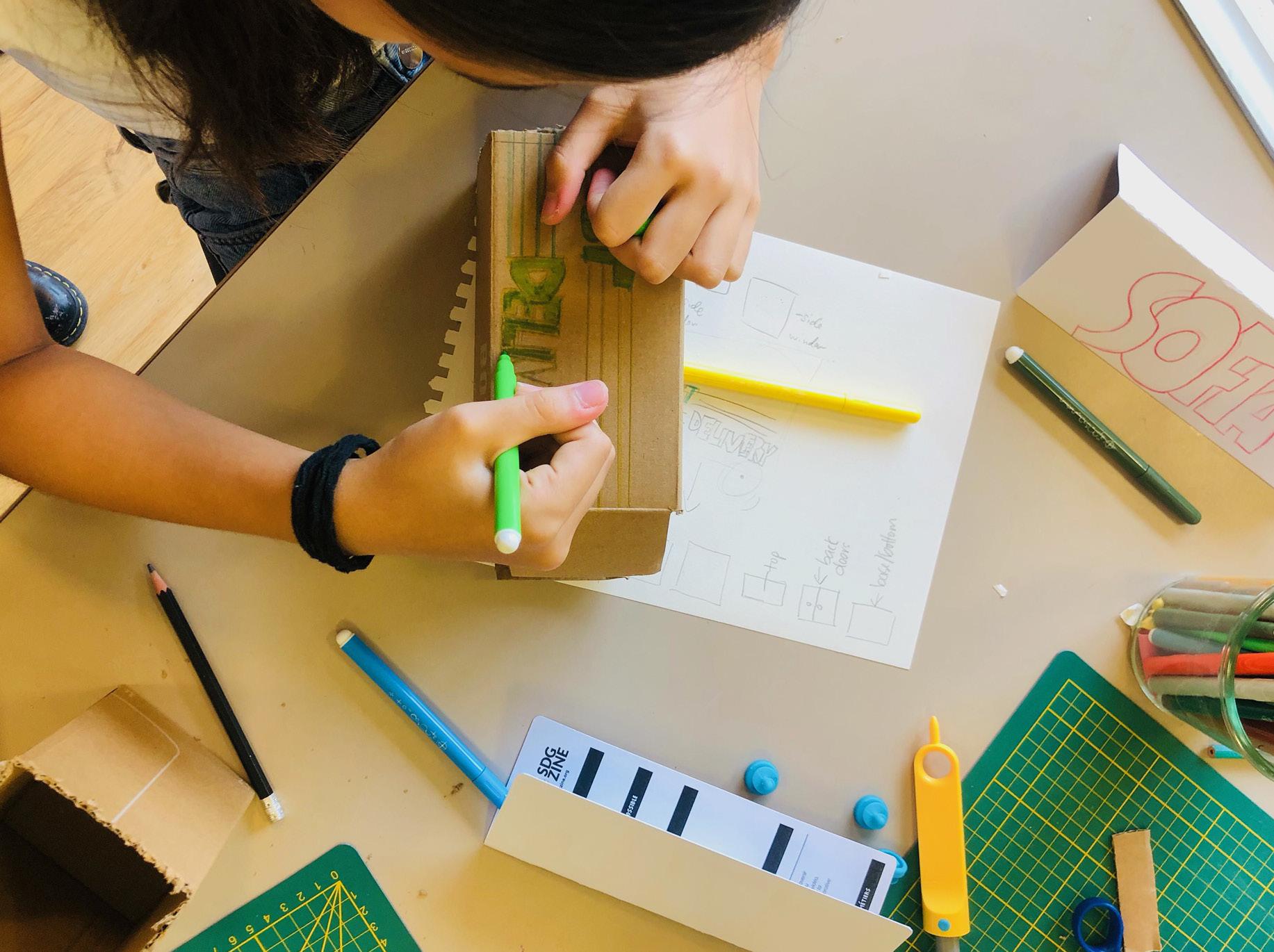

#06/ MAKER SPACE

#07 /NATURE LAB
#08 / WASTE LAB
#09 / COMPUTING
#10 / MEDIA LAB

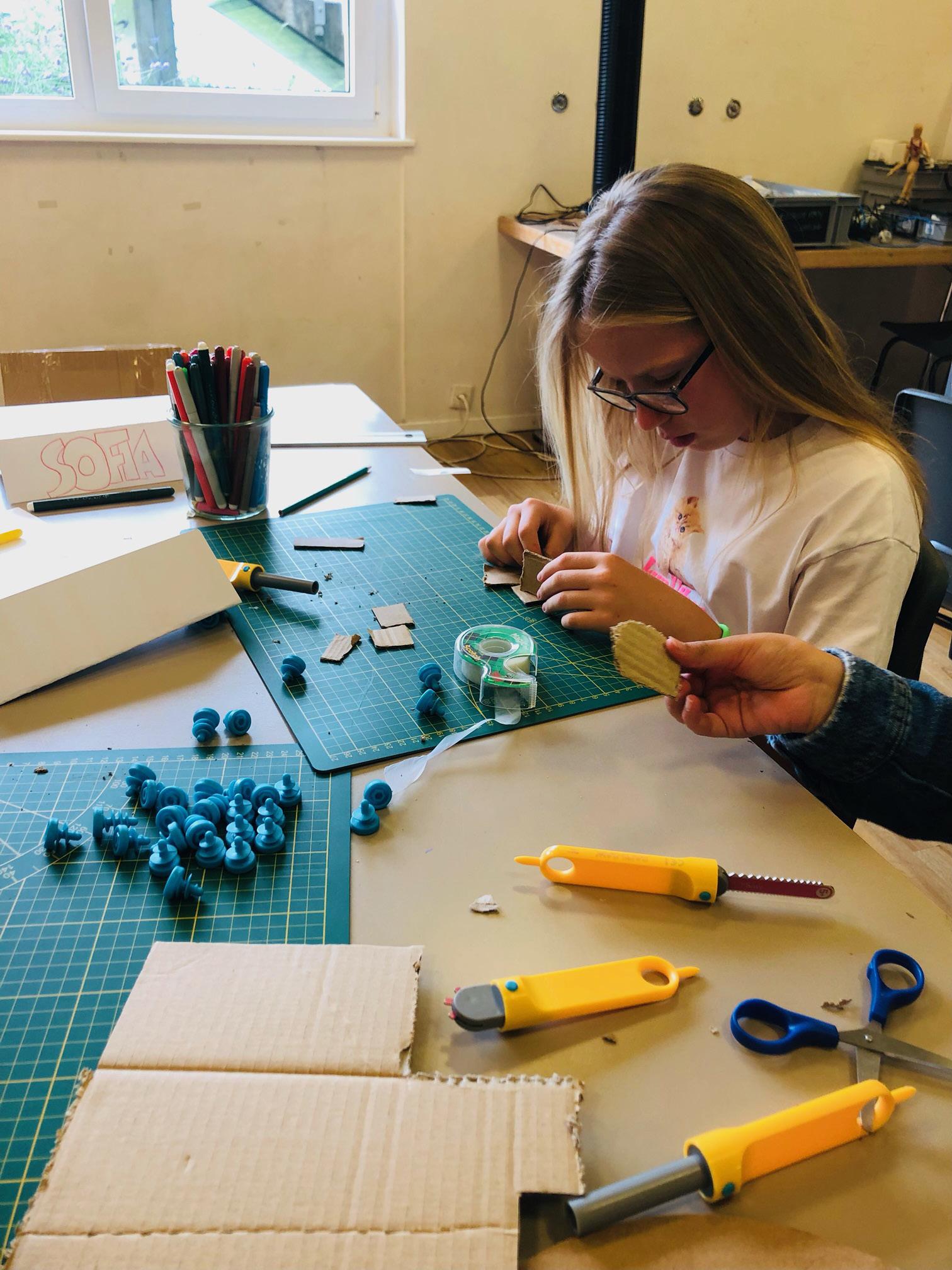


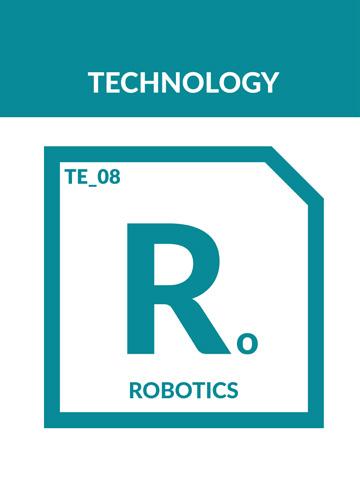

When we do coding or build robots at Addictlab, we implement ‘coding for good’, a way to teach robotics, but with an SDG scenario.
The challenge
There is plastic in the river. Create a device that leaves its base, moves to the plastic, and brings it to the right spot in the recycling area.
Why
This project allows for a mix of creative disciplines needed to solve the challenge
1. collaboration, as students need to work together.
2. ideation & sketching. Draw your device and the functions you want it to have.
3. building. Use the Microbit or Lego Spike boxes to build your device.
4. coding. Now we can code using python or scratch based programming.
5. testing. The moment of truth. Will the robot do what your team wanted? Do you need to adapt the design or the coding, or both?


During the Olympic race project, we first started with building cars using Lego spike blocks. After we built the cars, we started to learn how to code them. It was quite challenging because there were boxes on the road that we were doing the race on. We learned to change the rotation so we do not hit the boxes. After we finished coding we started to race and we had a lot of fun.
By Ela Baser

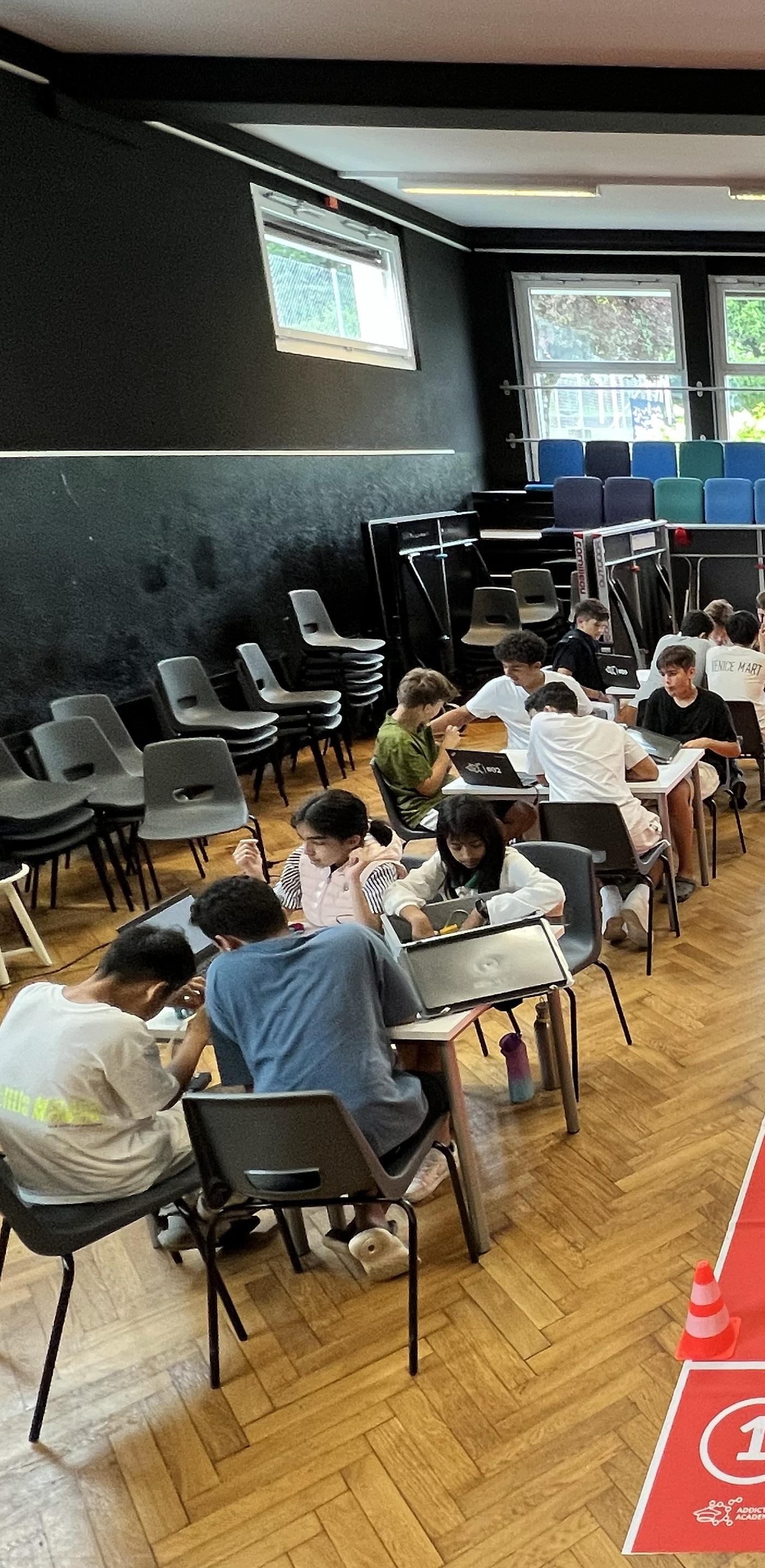
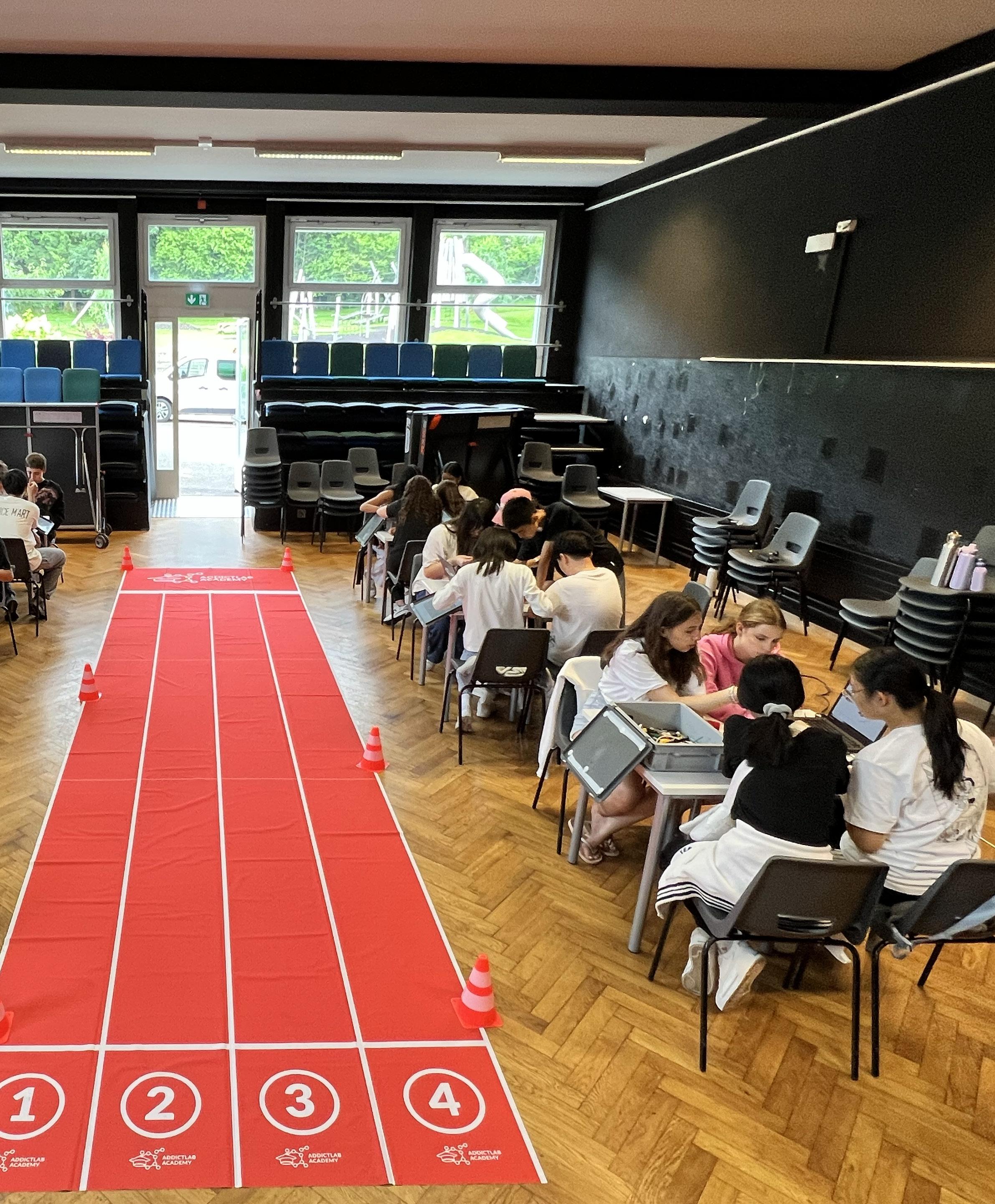

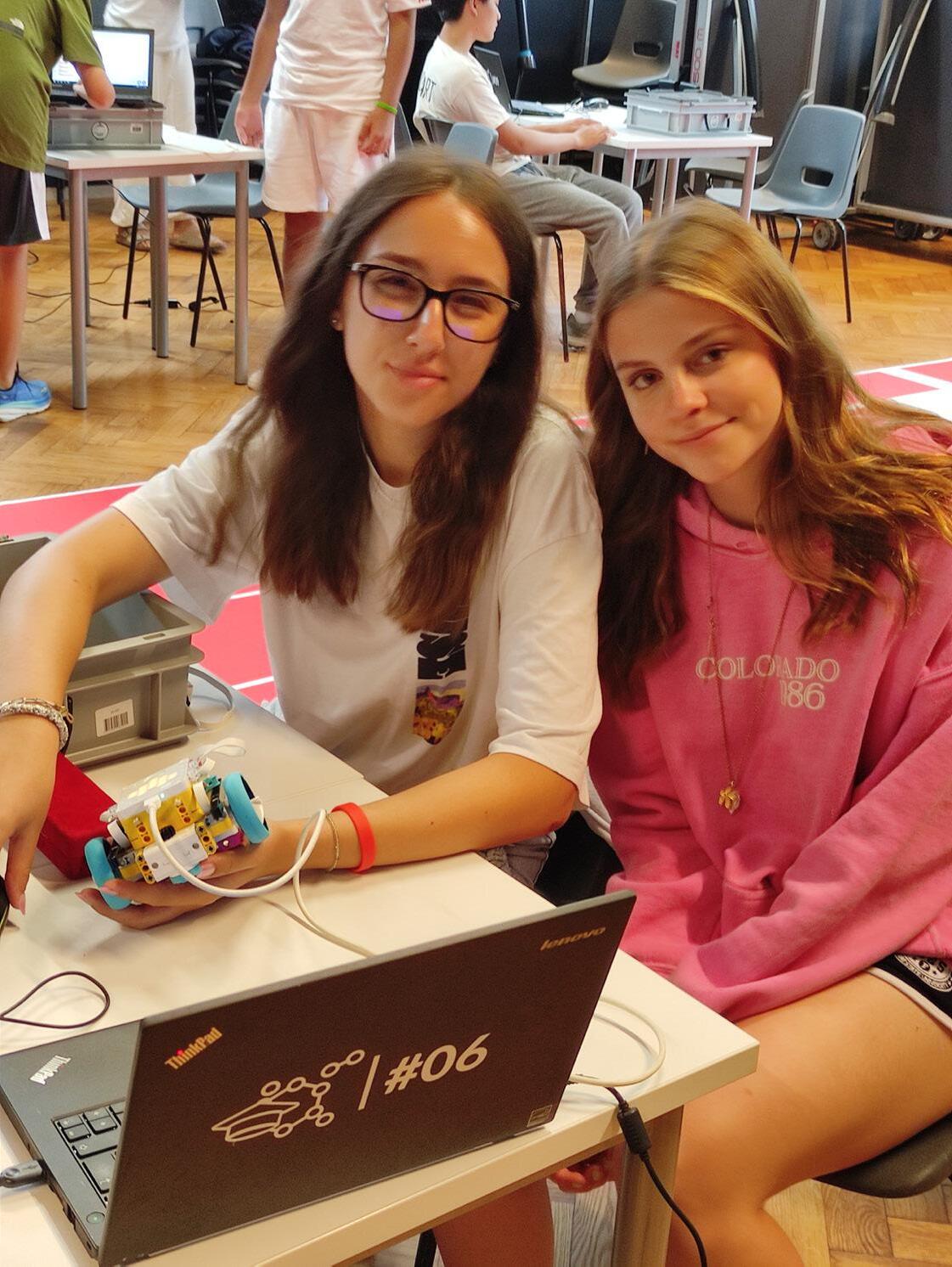
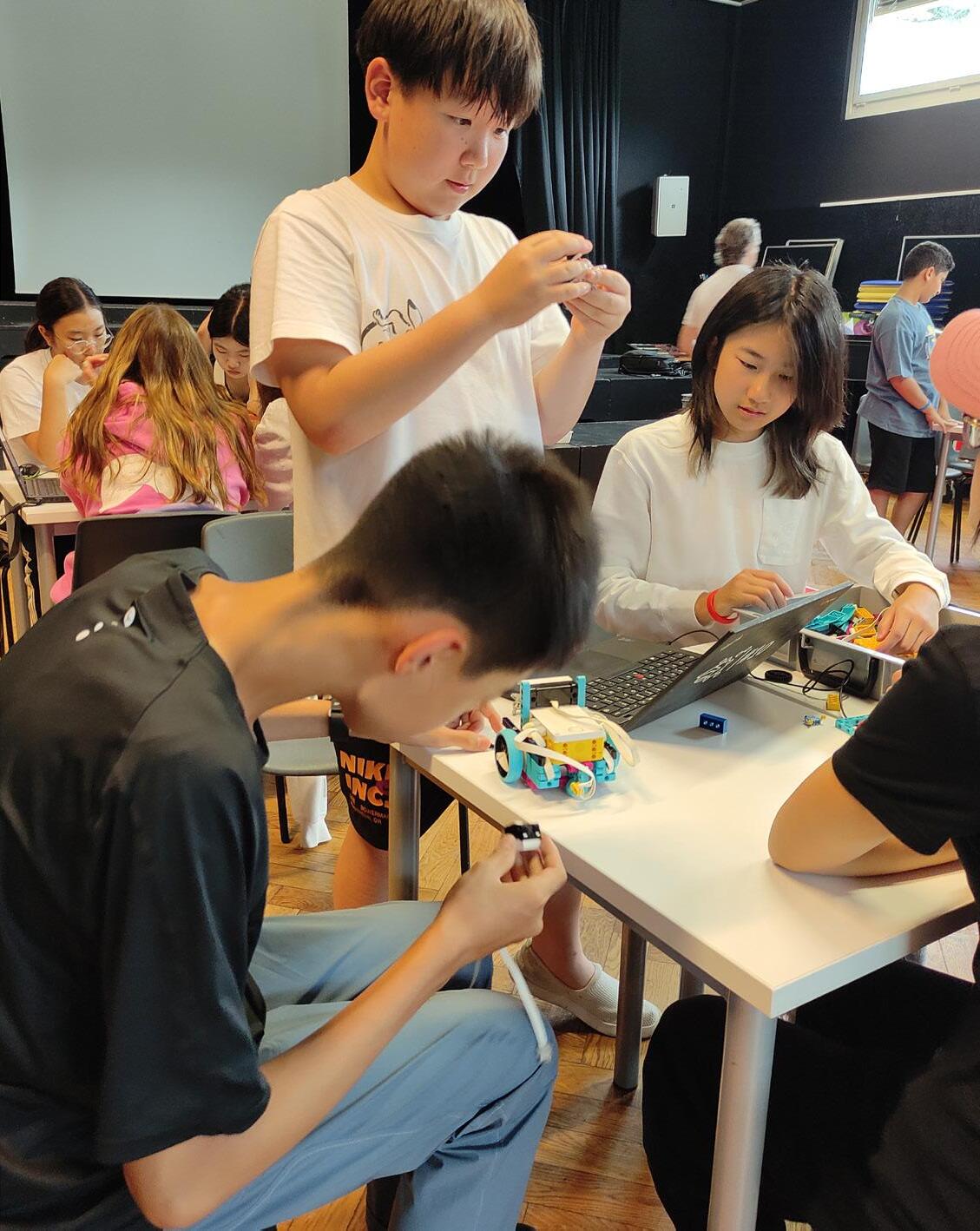
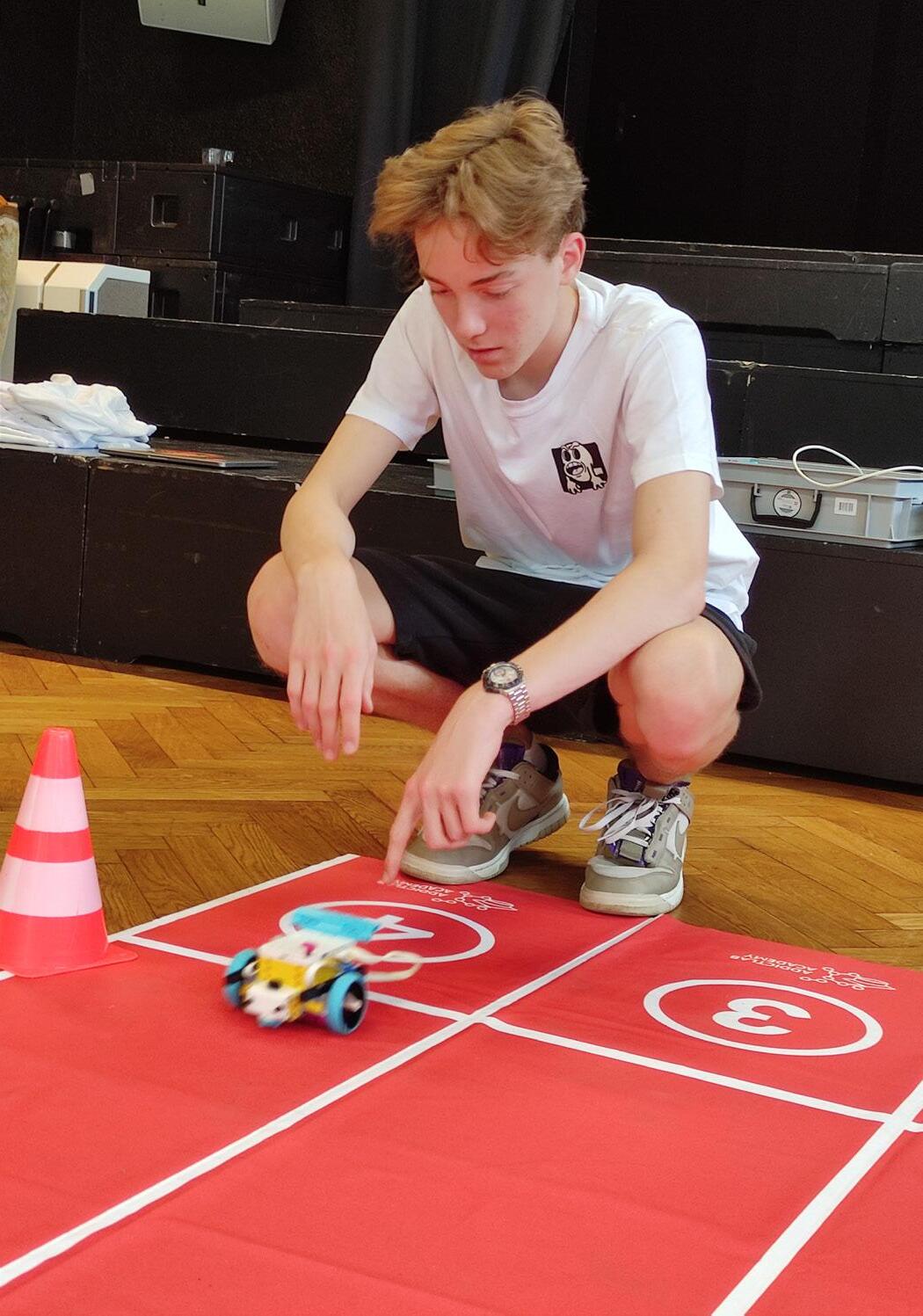
Robotics: robotics is robots you make with little Lego pieces, color censors, and above all we code it to move the way we want to, its fun but also challenging because you have to code perfect moves and turns to complete the challenge.
3D printers are machines that make three-dimensional objects from digital designs. During this project, we first learned how to design name tags and then we tried to make them. We learned how to change the size, the color, how to put a hole for it to be a name tag keychain etc. We learned to design them so we got to use our creativity. It was so fun and so educational.
By Ela Baser
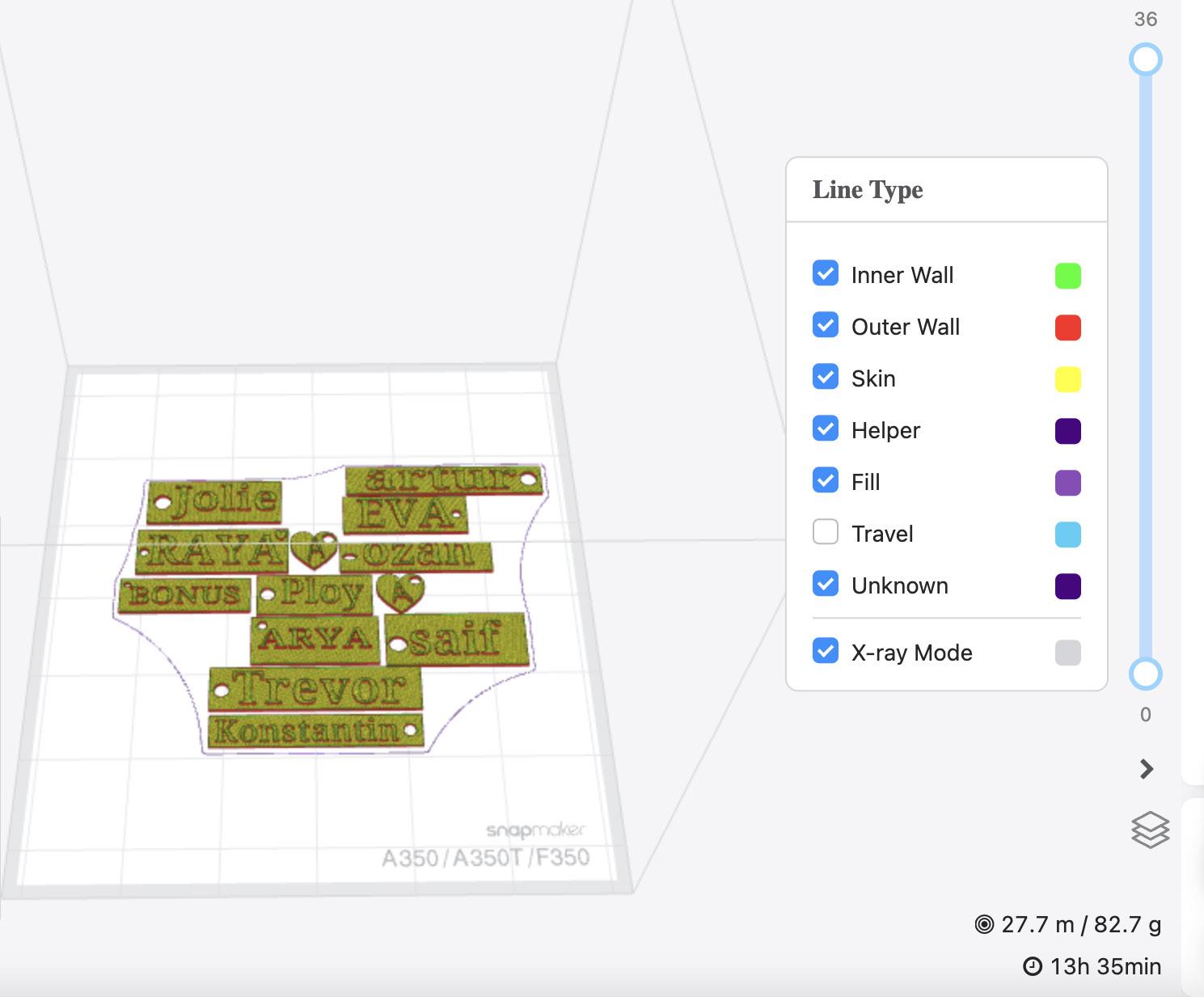
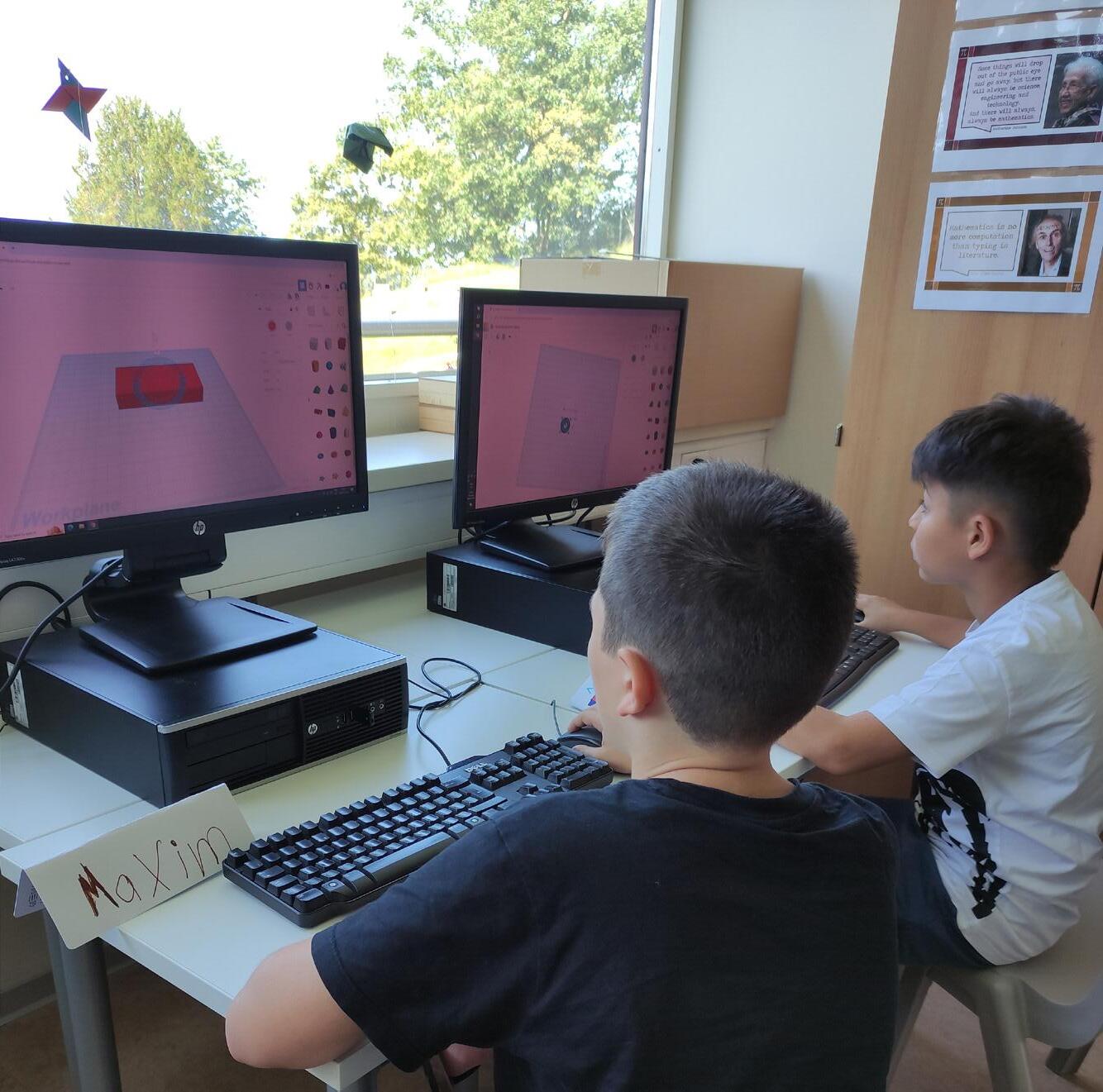


Using the machines in the Fablab to celebrate a Birthday..
Here we engraved the name of Nicholas on his water bottle cap!

3D pens are special tools that let you draw in three dimensions. It does not work with ink, it works with a material called PLA that melts in the pen and it allows you to shape it the way you want to. Our teacher also gave us some example shapes such as butterflies, glasses, bikes, cars etc. However, if we wanted to we could use our own creativity and to whatever we wanted to do. I chose to make a keychain with my initial on it and it was so fun to make. This project allowed us to use our creativity while getting educated.
By Ela Baser


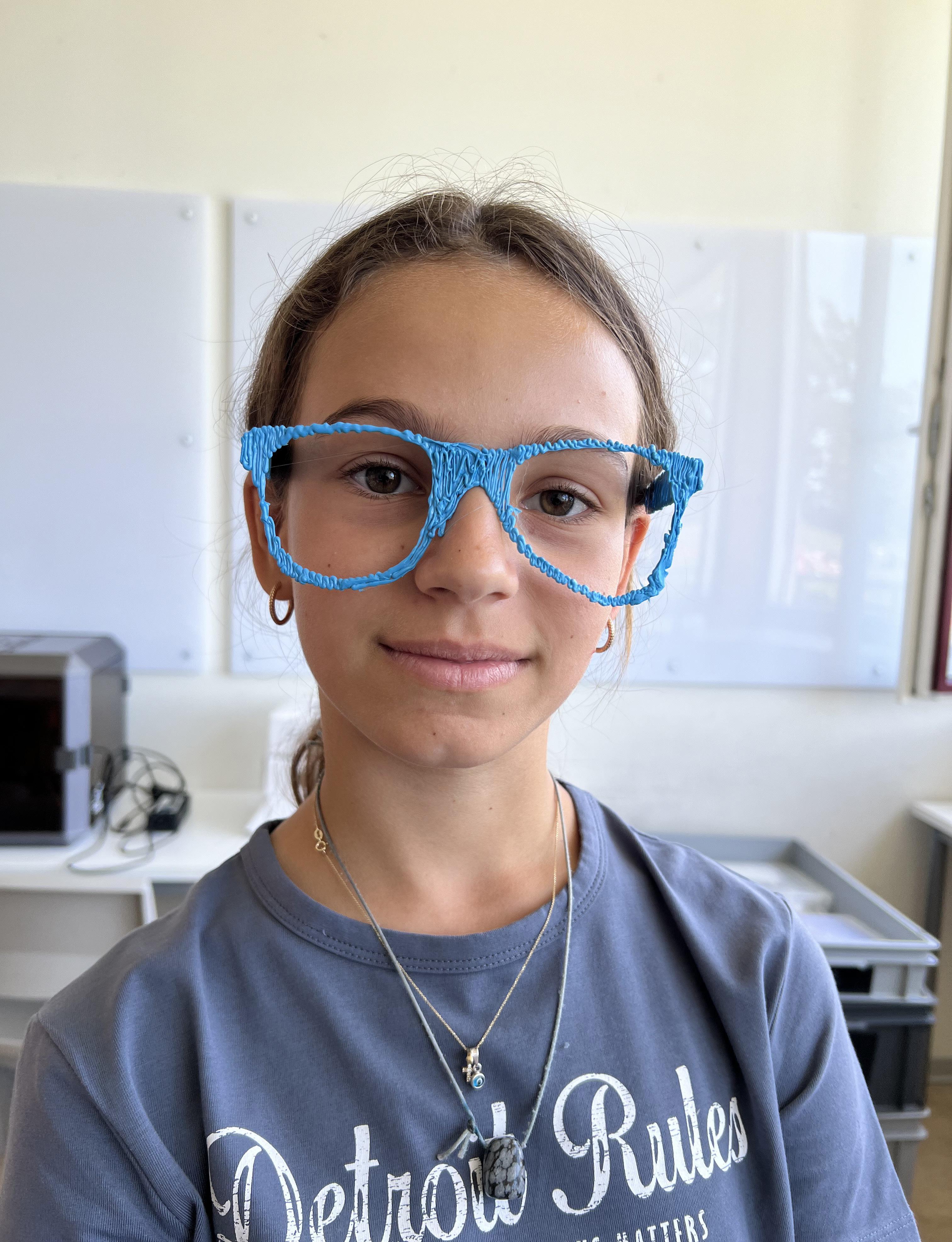

Coding for good!
The Sustainable Development Goals serve as inspiration for our collaborative project: either a video game in scratch, or a stop motion movie.
set up
Take the Idea card, and put in the middle. Put the (+) positive impact card to the left, and the (-) negative impact card to the right.
Put your idea, concept, product, object of discussion on the idea card. When intangible, use a post-it to describe the idea, and stick it on the Idea card. Distribute all of the 17 SDG cards ad random, and take turns. Evaluate whether the idea will create a positive or negative impact on the SDG card you are holding. When not relevant, put it down and turn the card upside down. When the idea would create a positive impact , put the SDG card next or under the (+) card. When it would create a negative impact, put the SDG card under the (-) card.
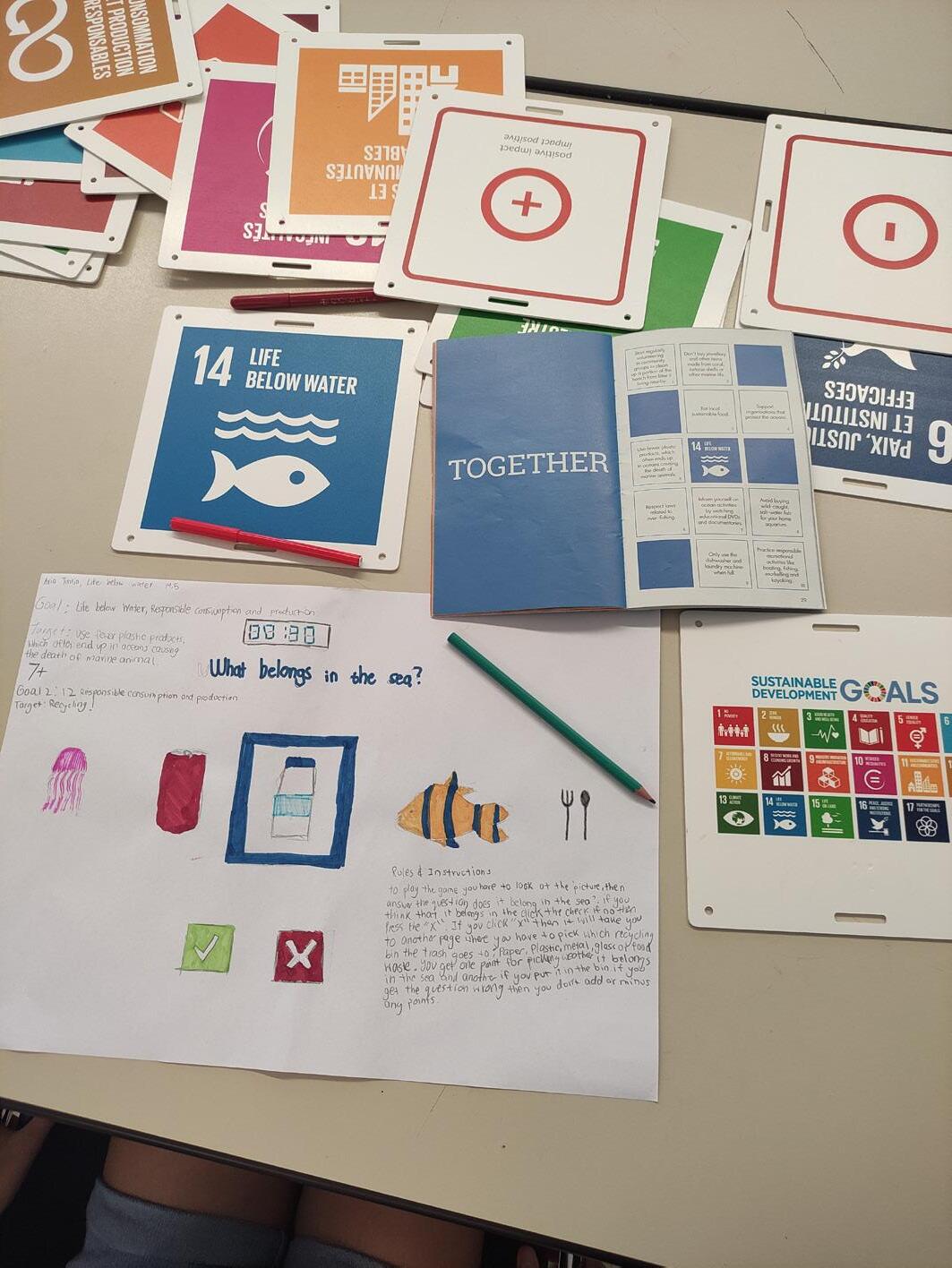
document take a picture and archive.
idea iteration: change your idea

Now how can you adapt the idea, concept, project, object of discussion so that the negative impacted SDGS disappear (at least), or can be put next to the (+) (at best).
We learned about the SDGS, and could then create a videogame or a stop motion movie. We had to create a story board, characters, back drop and... start filming. We needed to collaborate a lot!
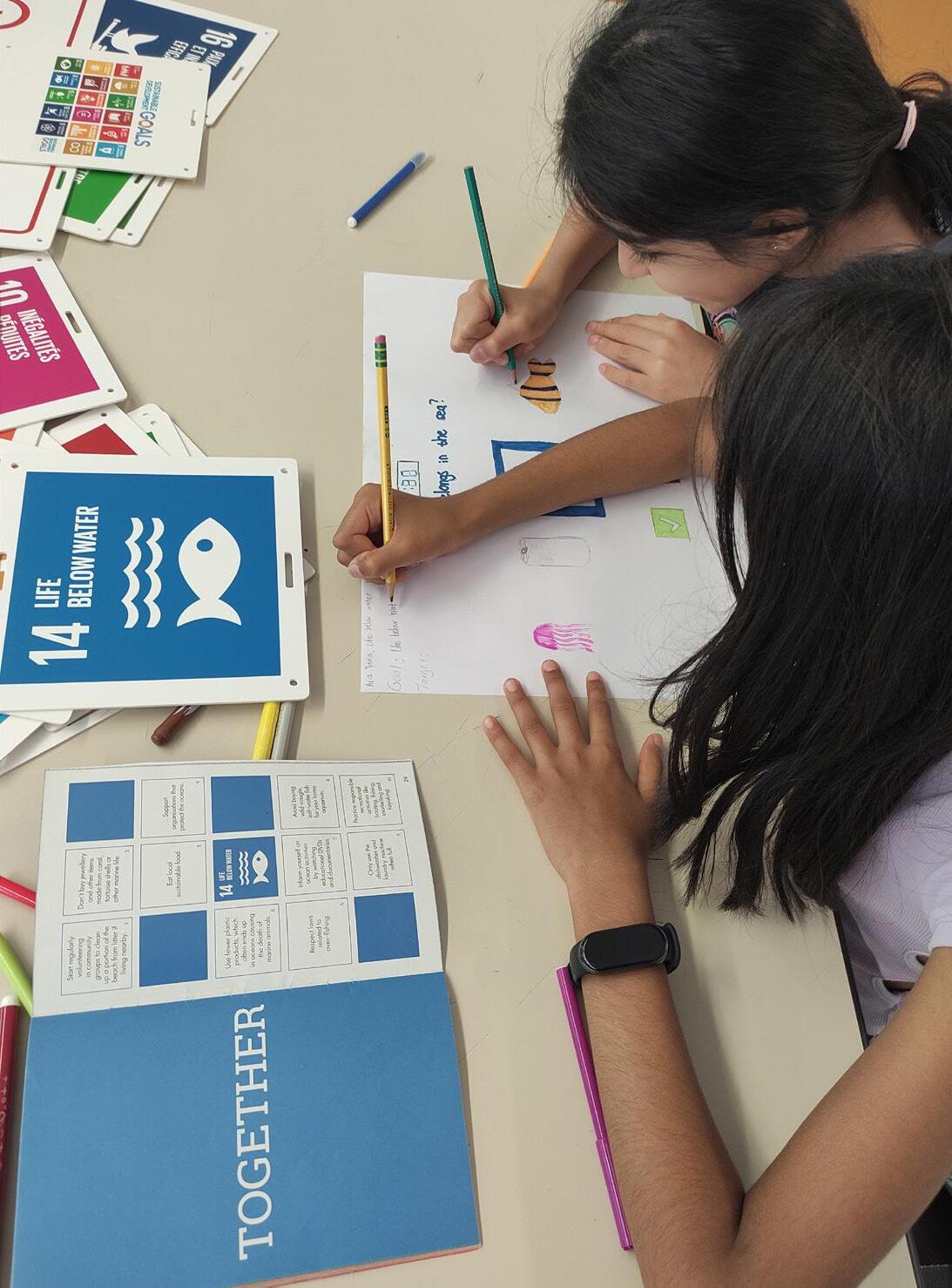

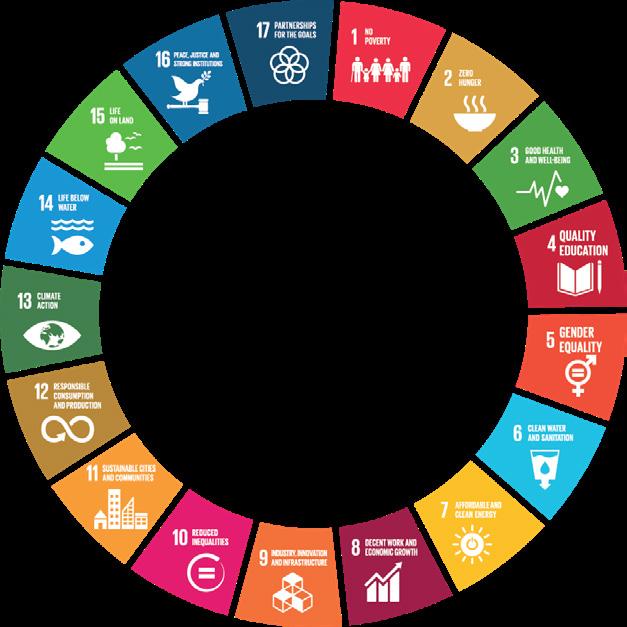
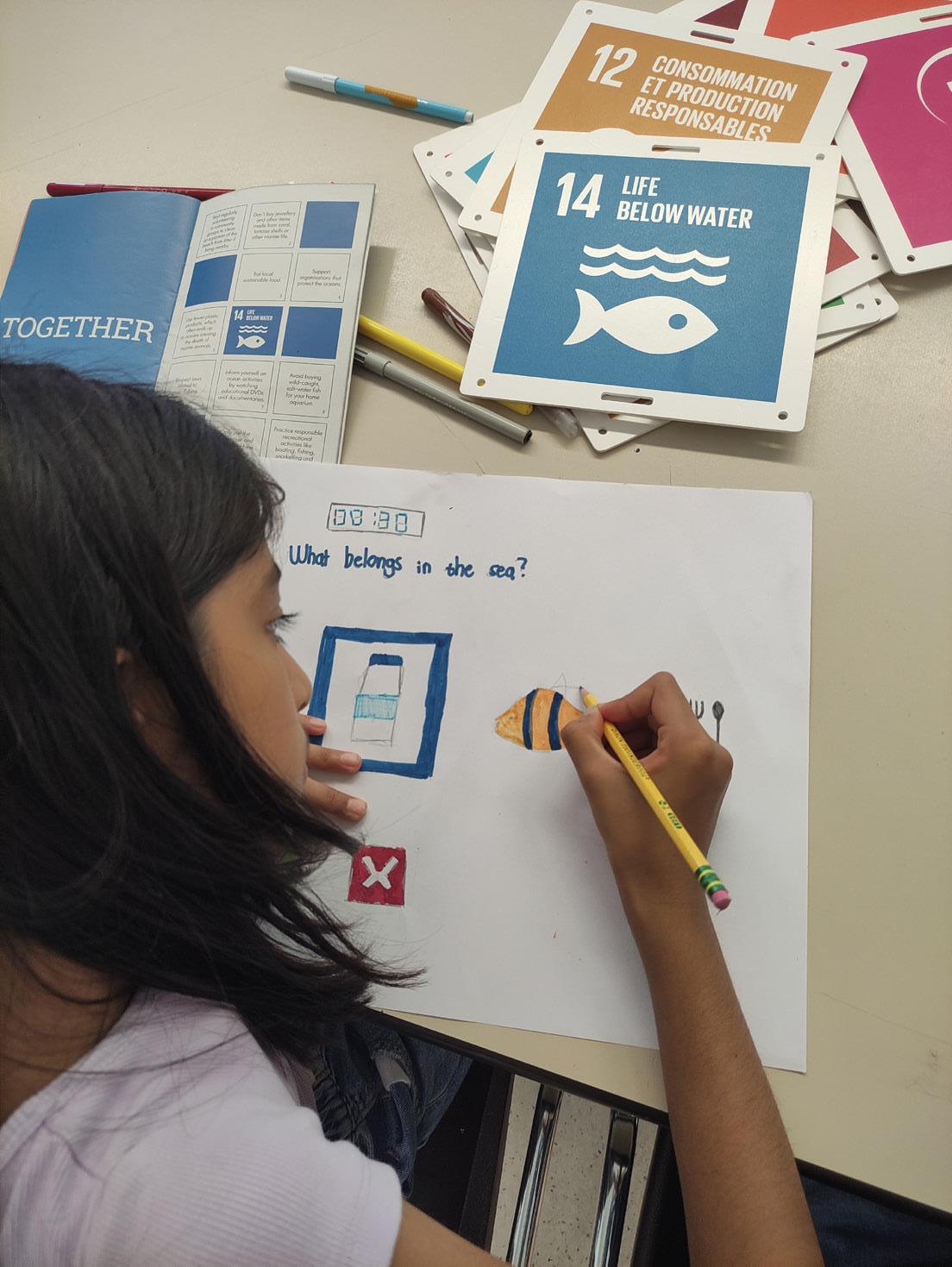


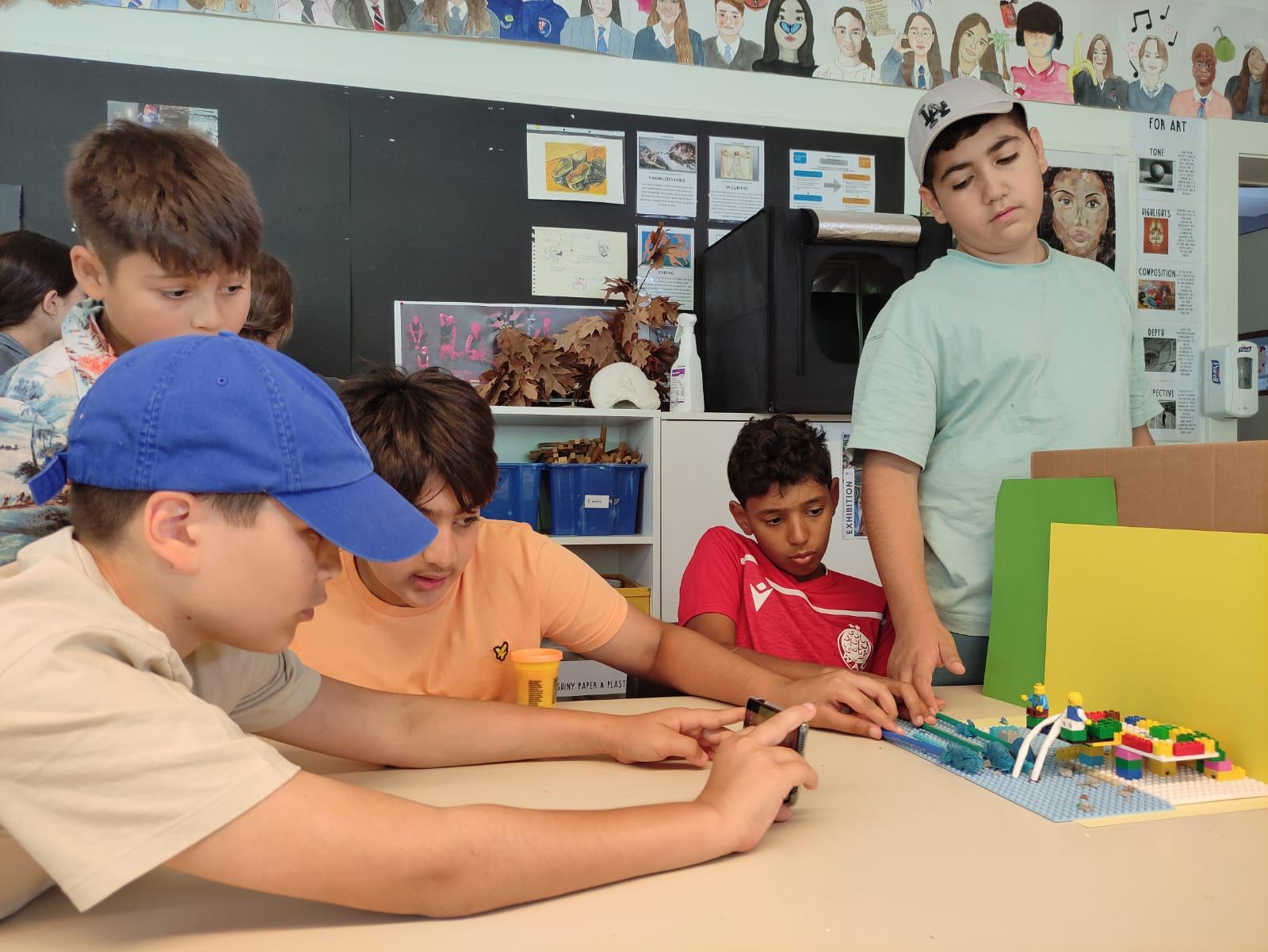


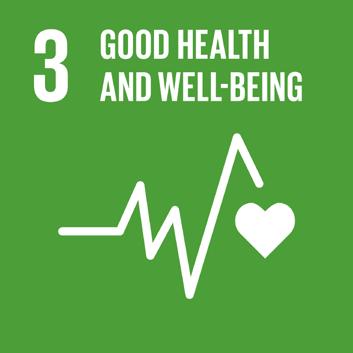
Probably one of the most useful courses were the first aid lessons that were added to the curriculum... What to do when someone is choking?
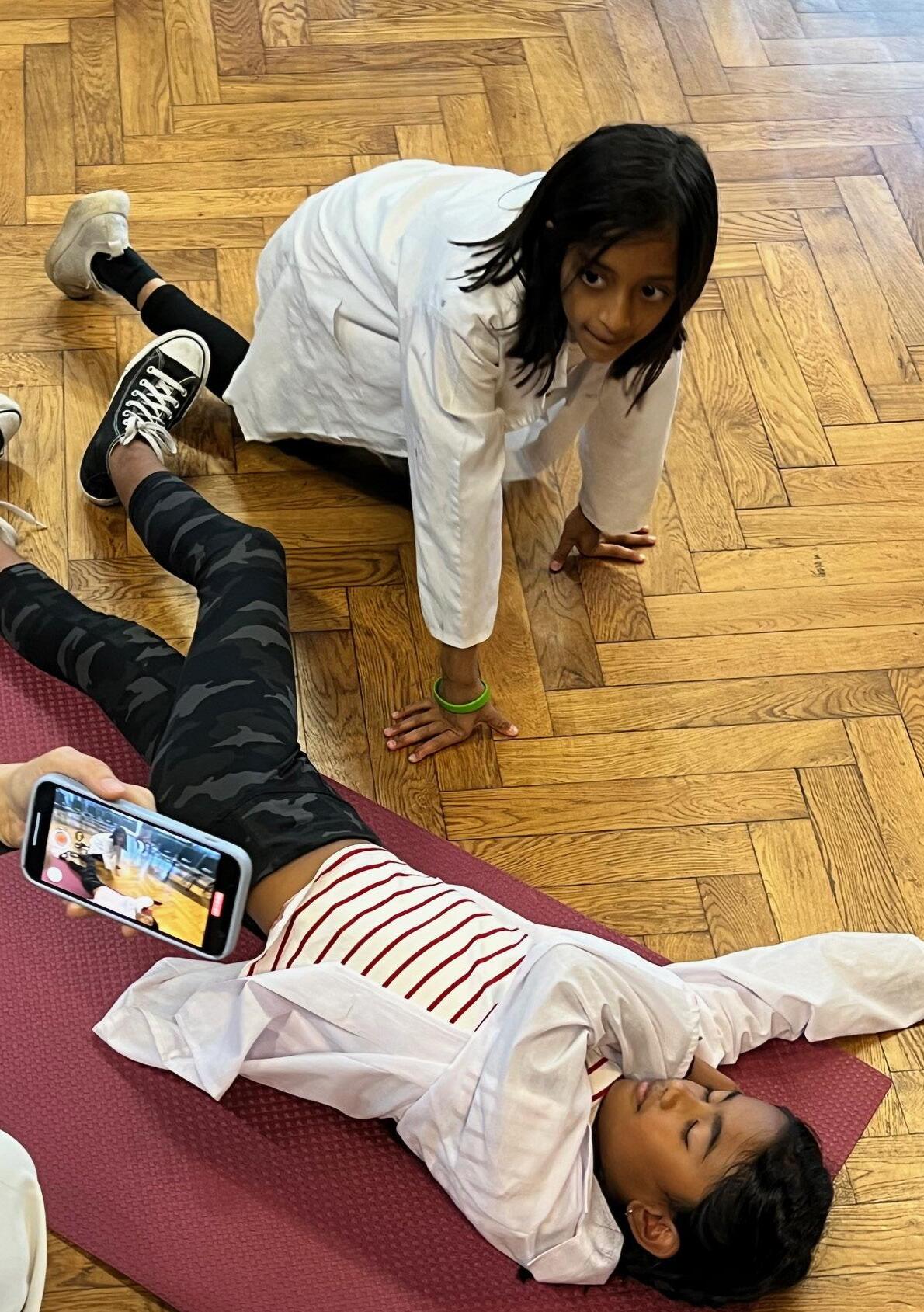





Brice Copy, guest teacher from CERN visited the camp and made us code using data from NASA and Google.
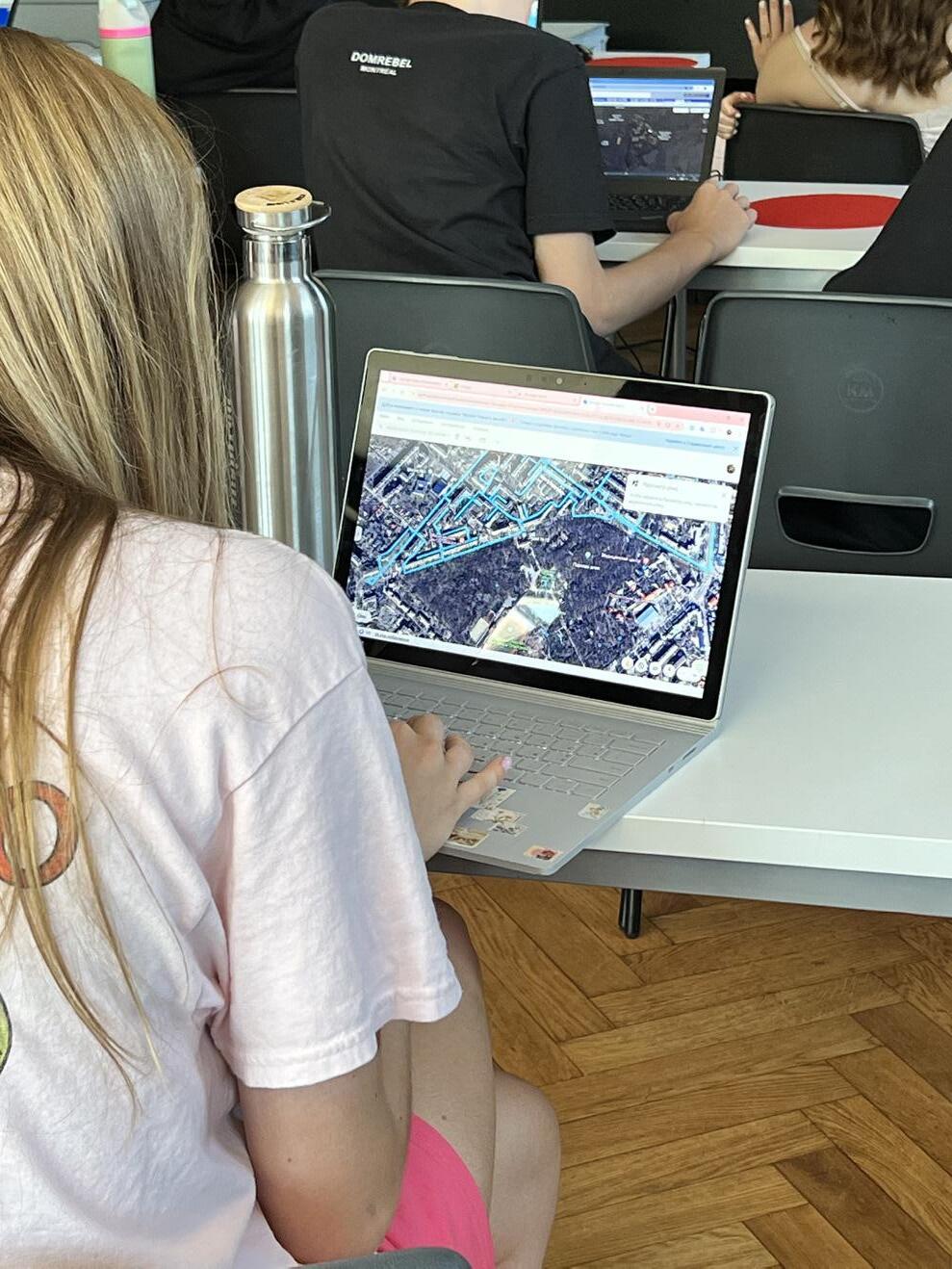

The workshop is an introduction to some basic concepts relevant to earth observation science and the use of satellite data in understanding climate change. It features a demonstration of the Google Earth Engine Code Editor followed by a hands-on programming session, in which participants will explore ideas of their own and visualize the results on a map.
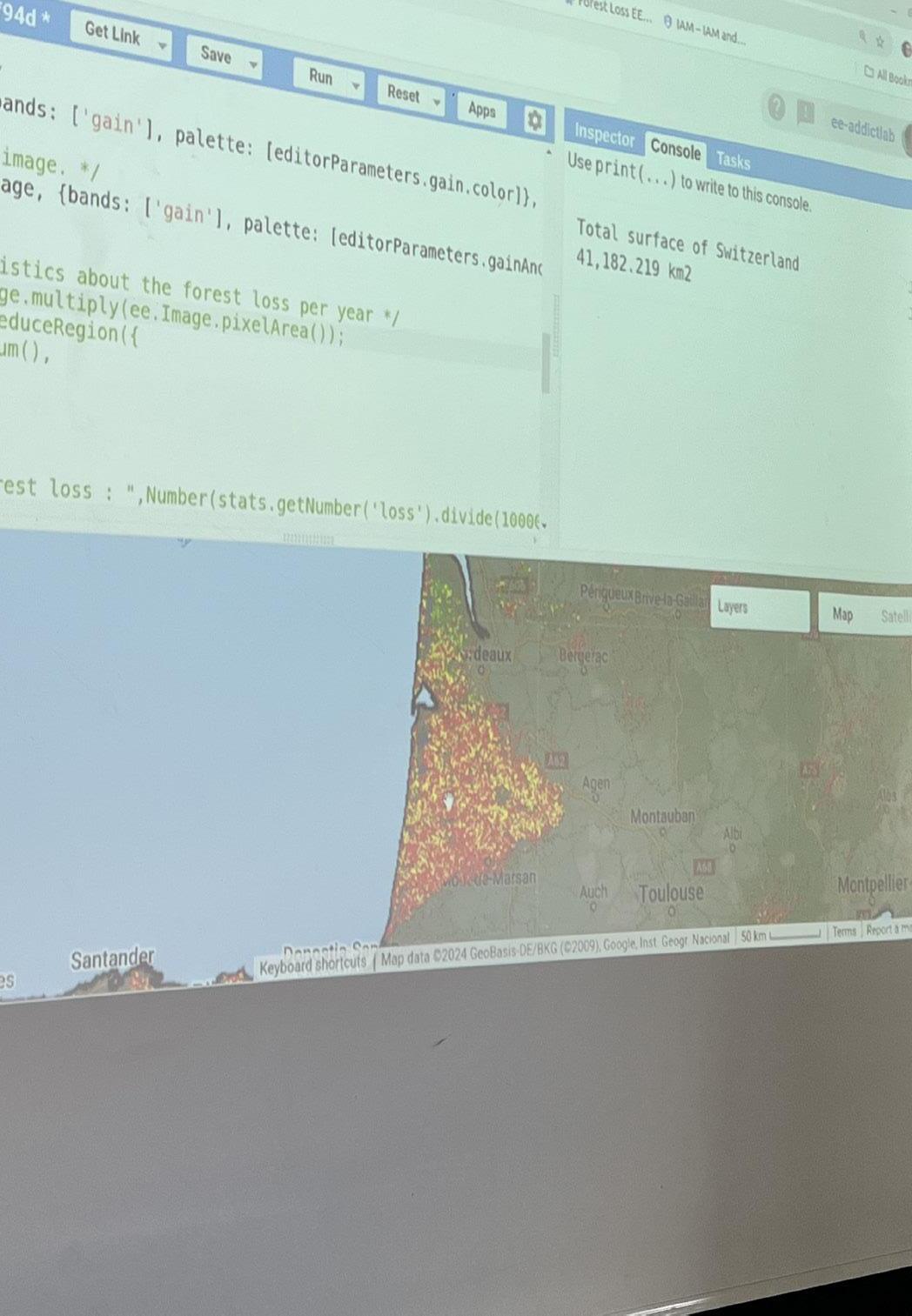

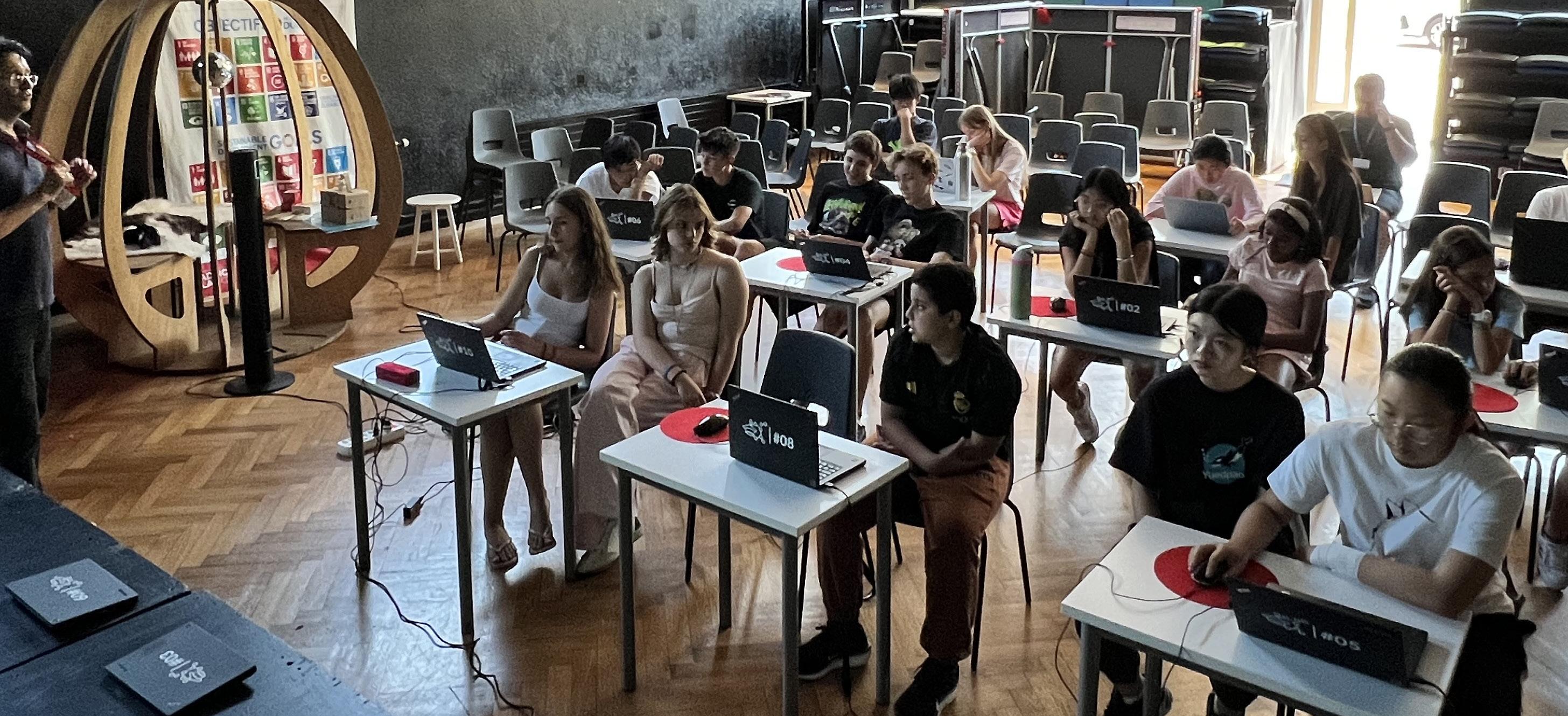
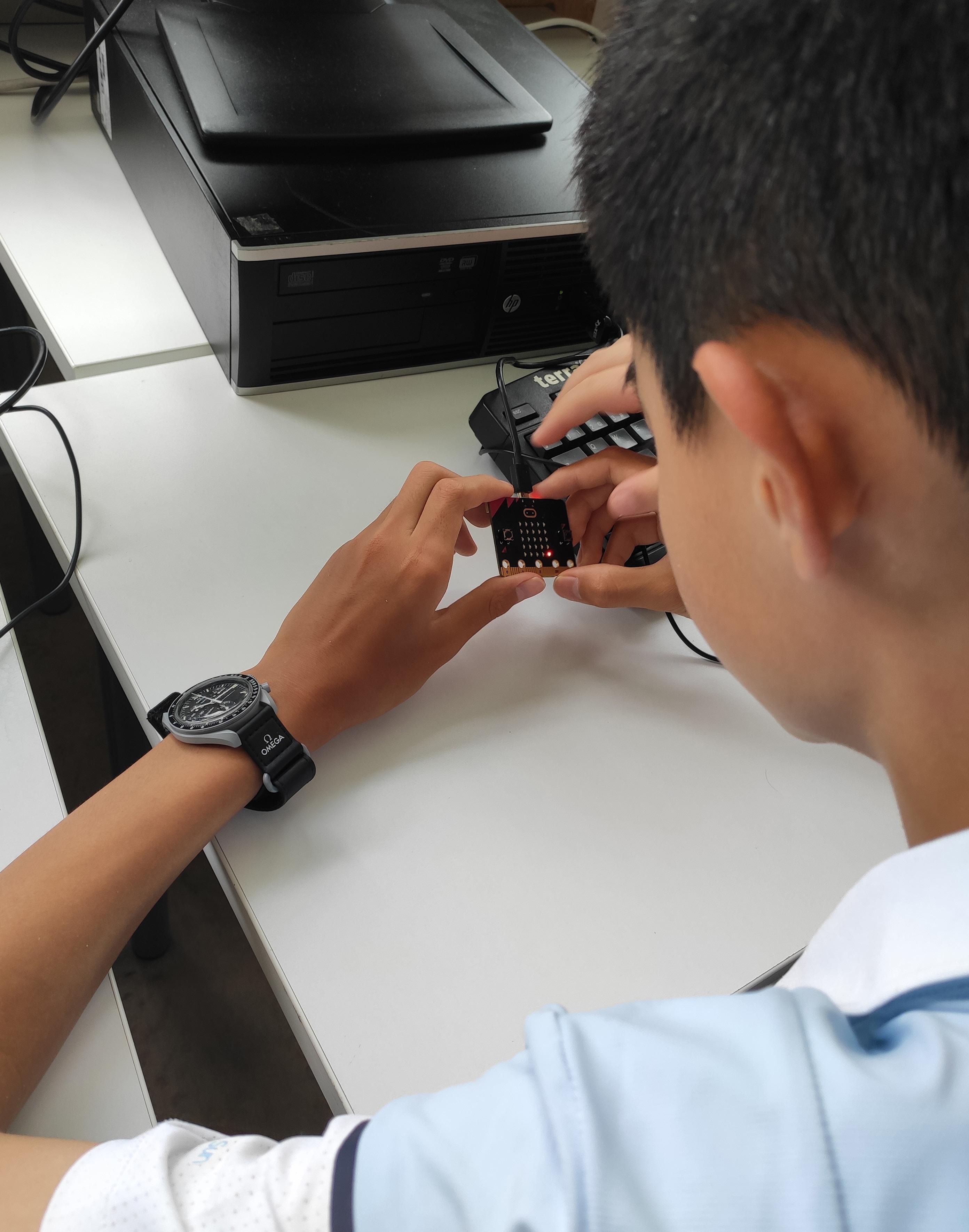
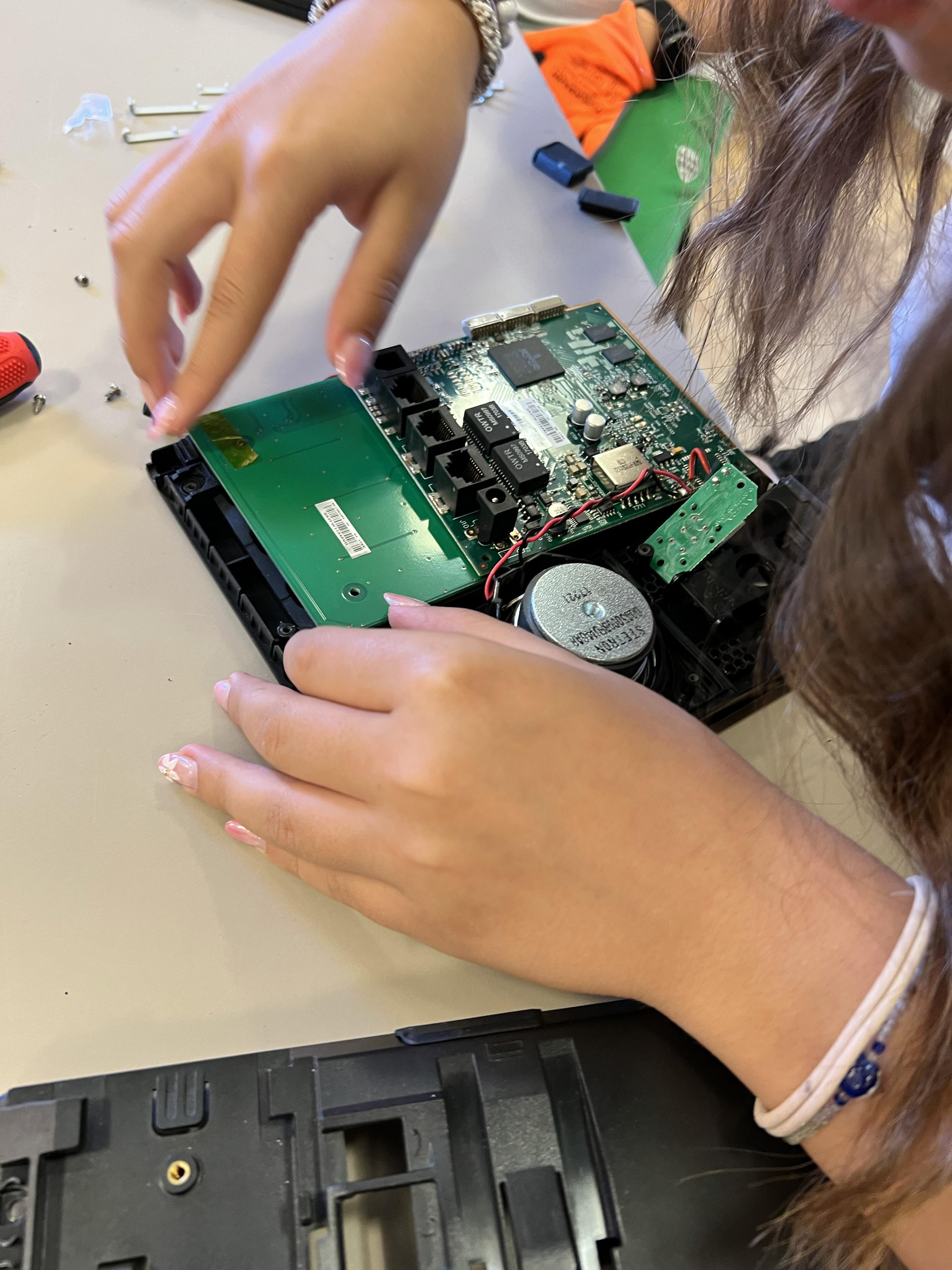

EPFL’s Blue Brain Project is a Swiss brain research Initiative led by Founder and Director Professor Henry Markram.
The aim of Blue Brain is to establish simulation neuroscience as a complementary approach alongside experimental, theoretical and clinical neuroscience to understanding the brain, by building the world’s first biologically detailed digital reconstructions and simulations of the mouse brain.
The supercomputer-based simulations and reconstructions built by Blue Brain offer a radically new approach for understanding the multi-level structure and function of the brain.
We used coding to visualise data in this inspiring workshop.

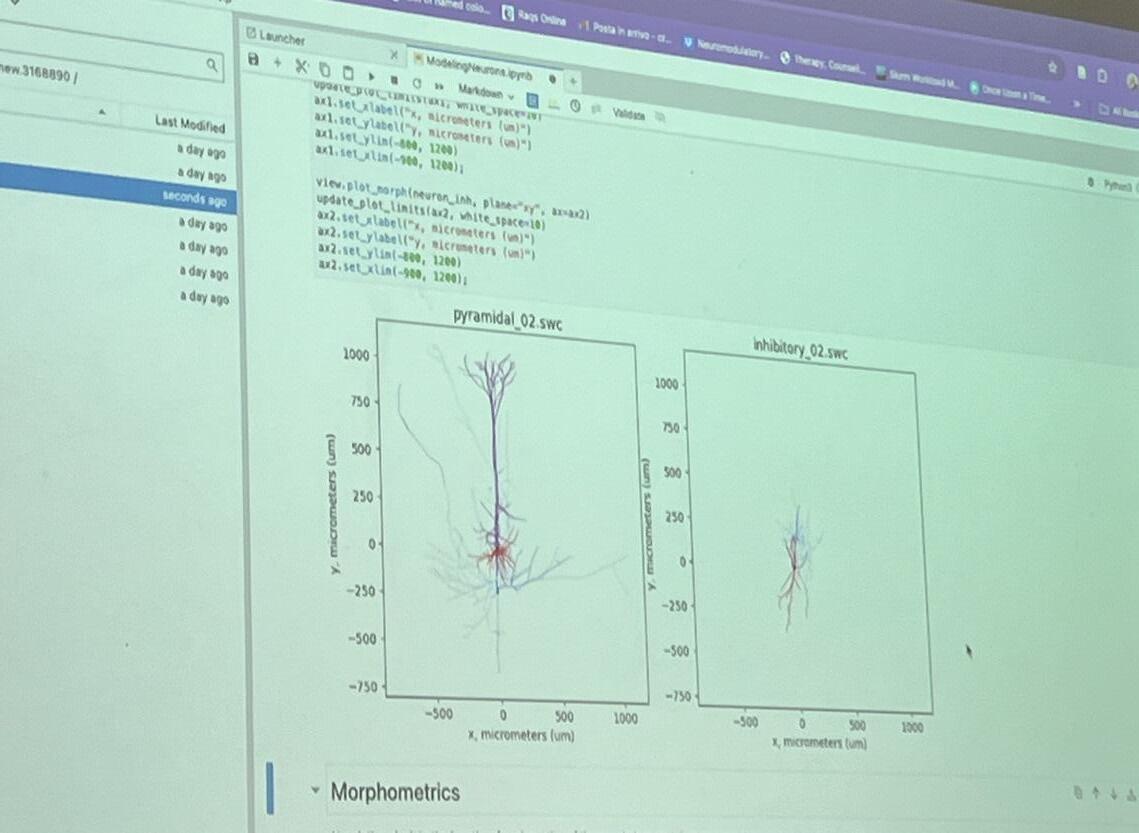

Egg drop: this activity was fun, interesting, challenging and educative its amazing how everyone had an idea to keep the egg safe and how everyone was working together as a team. Overall it’s all a wonderful experience including building it and thinking what to built even the curiosity of not knowing if it will survive or break while it falls from each of the distances.








Turing Tumble is a new type of game where players (ages 8 to adult) build mechanical computers powered by marbles to solve logic puzzles. Use ramps, crossovers, bits, interceptors, gears, and gear bits to build marble-powered computers that can generate patterns, do logic, count, add, subtract, multiply, divide, and much, much more.
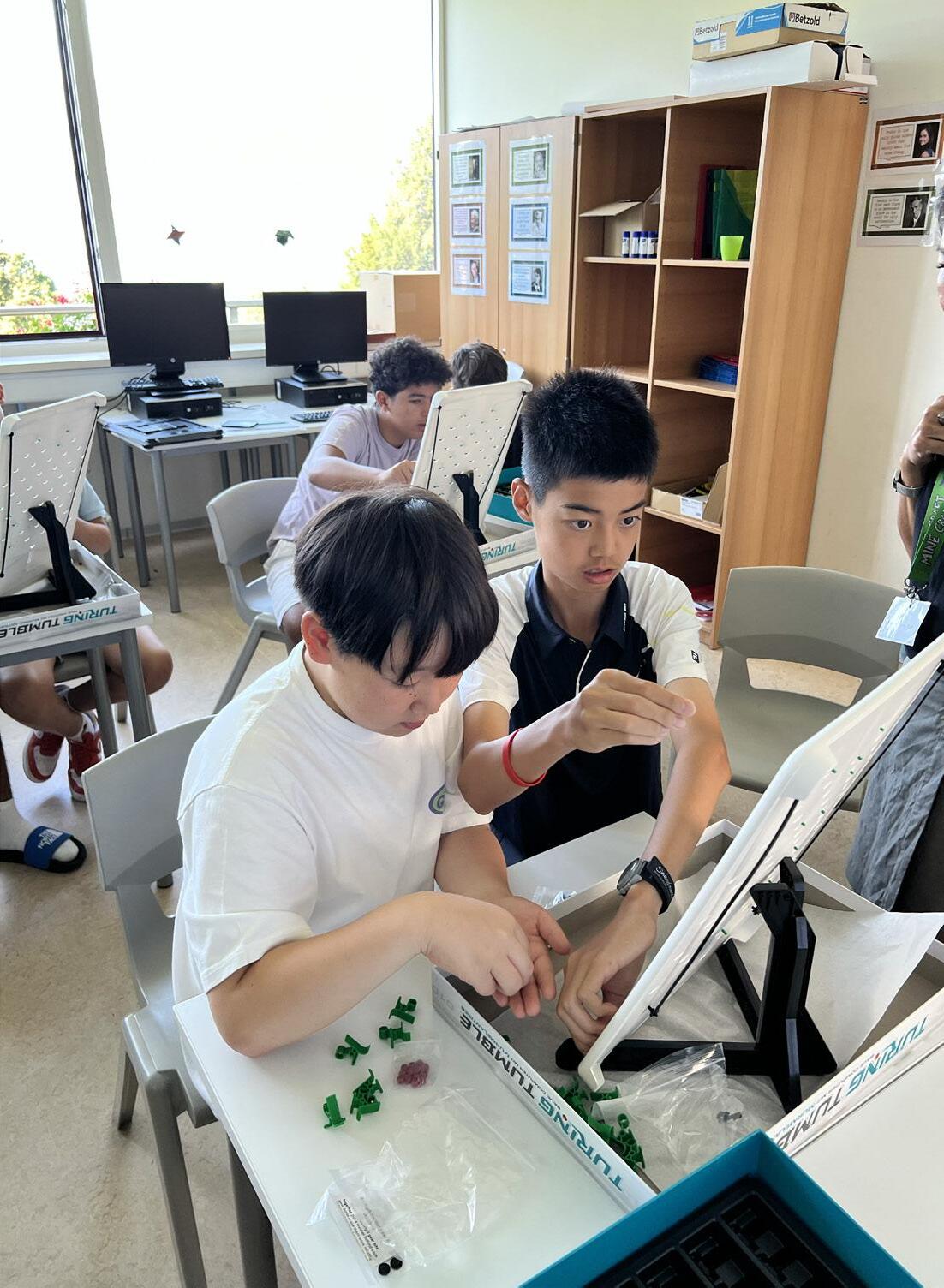
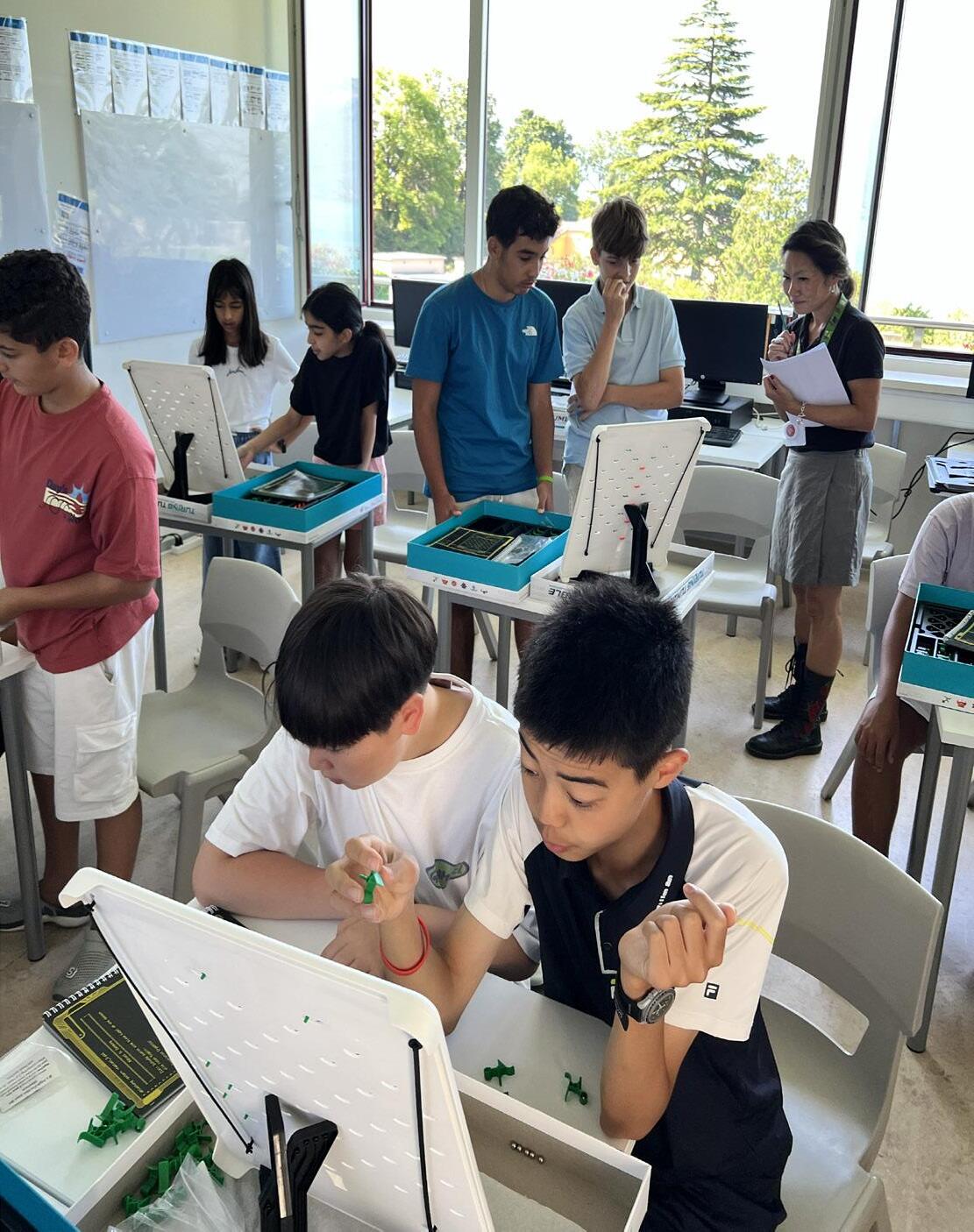
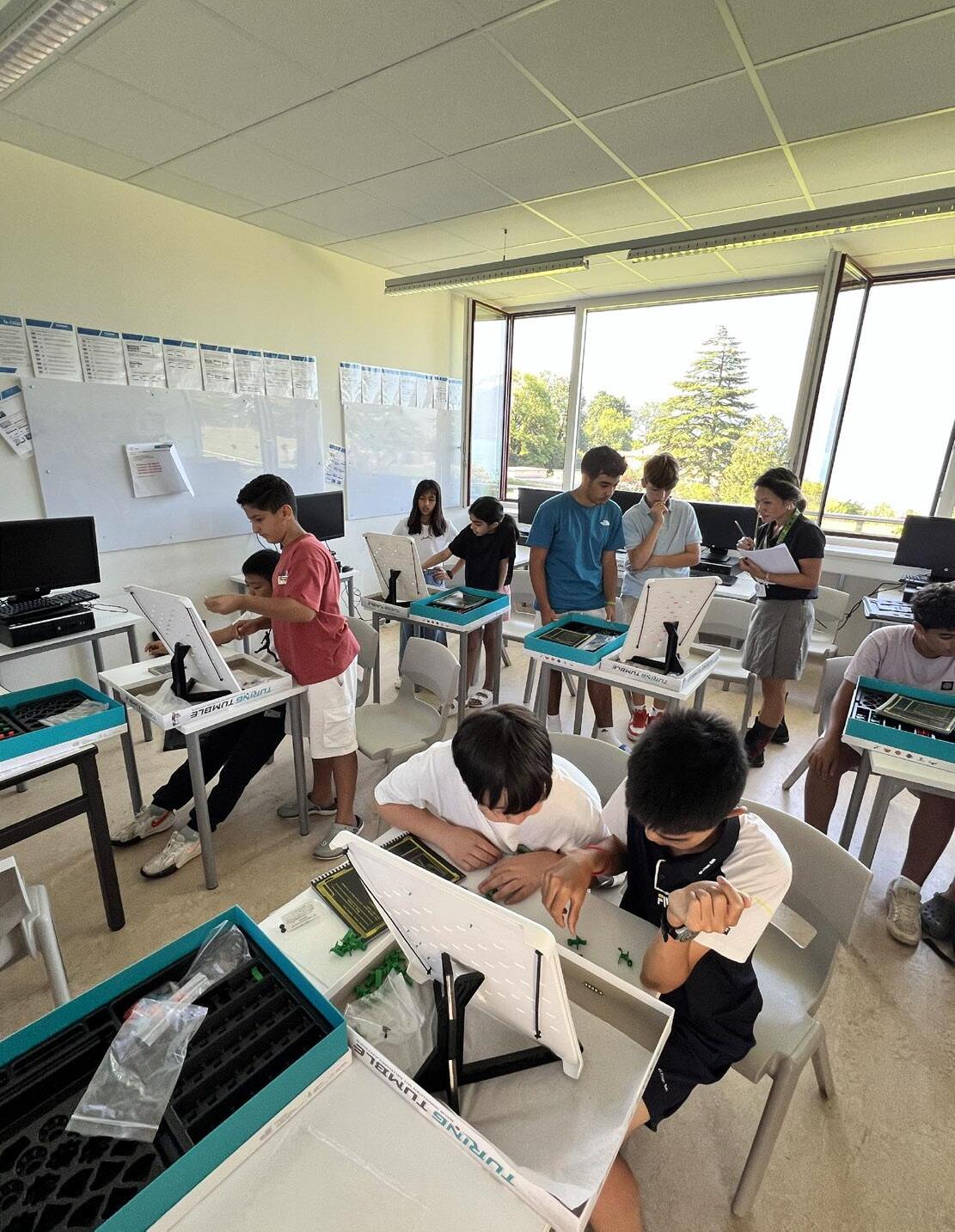
How do things work? What better way to find out than to open them up?
Reverse Engineering projects - and exploded views of the objects - allow us to get a better understanding about the devices around us. From computers, keyboards, radios and more.



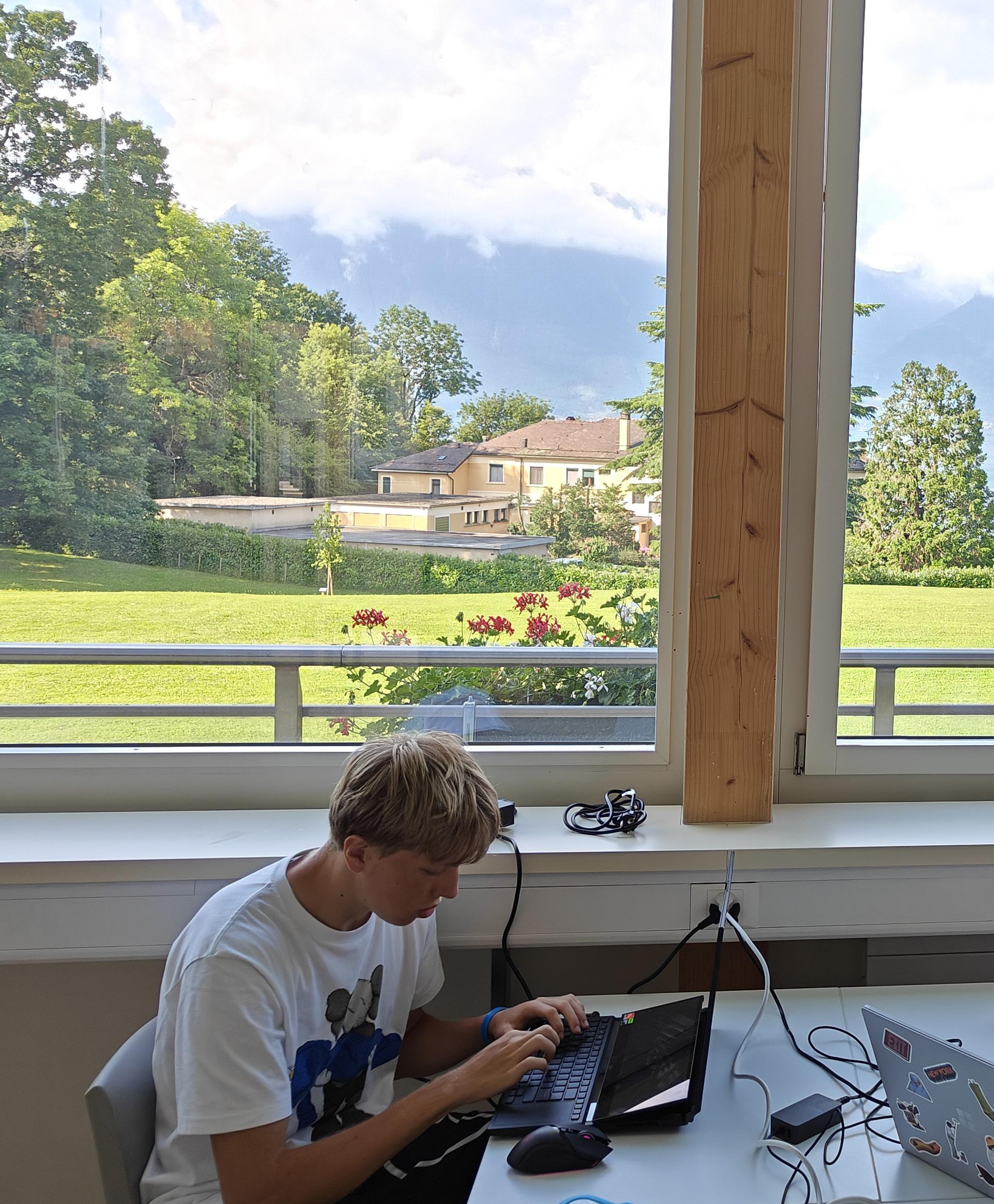



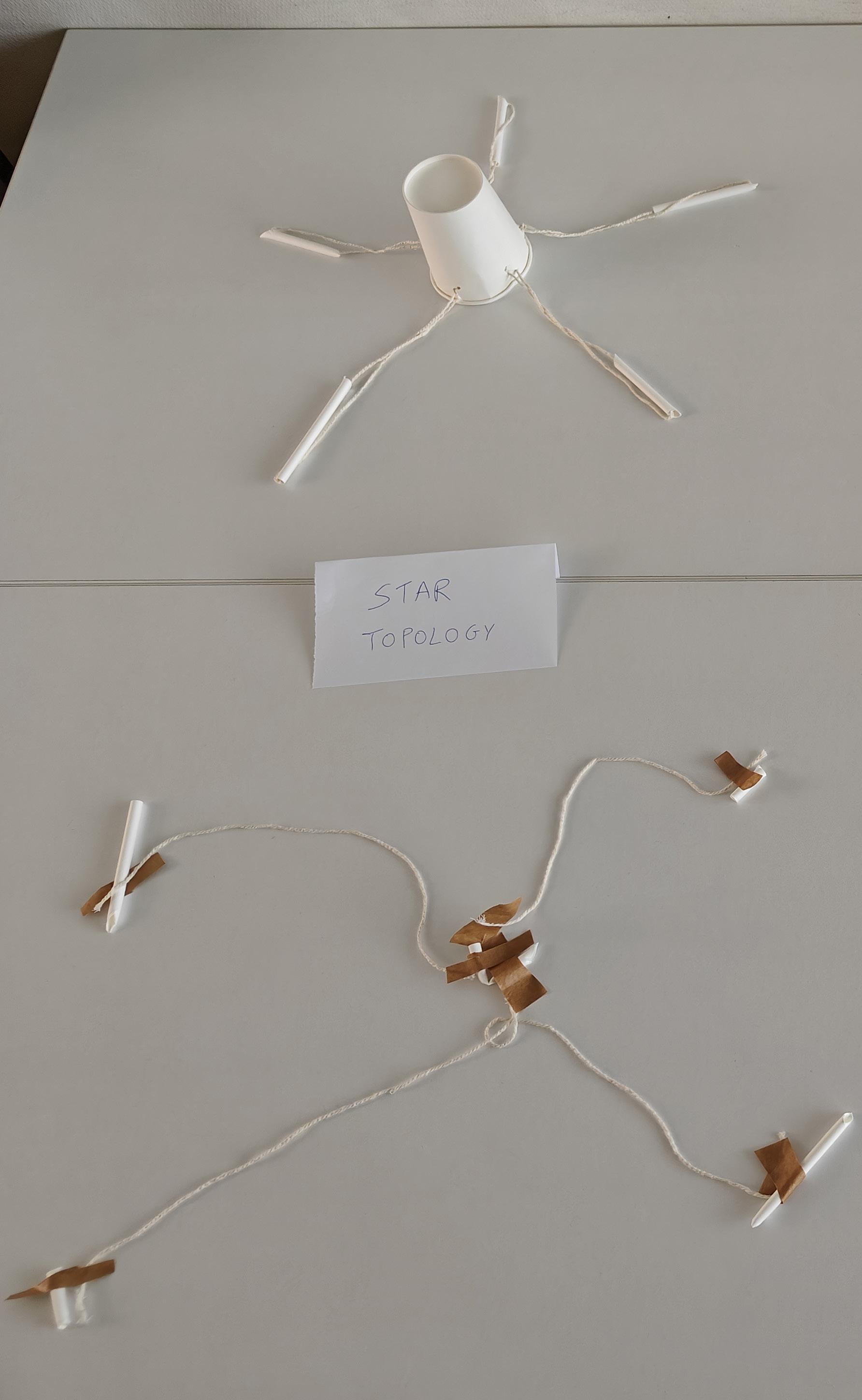



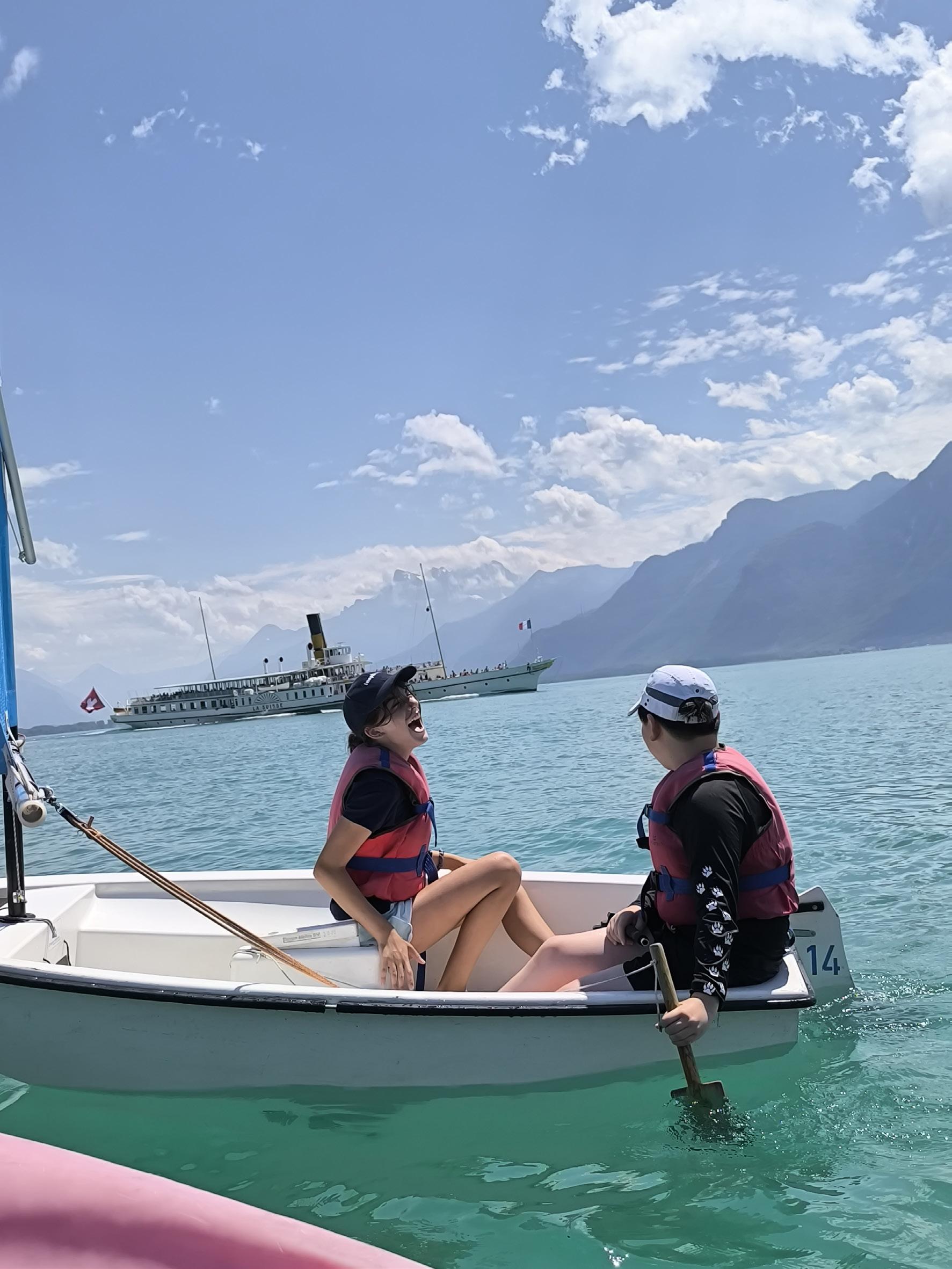
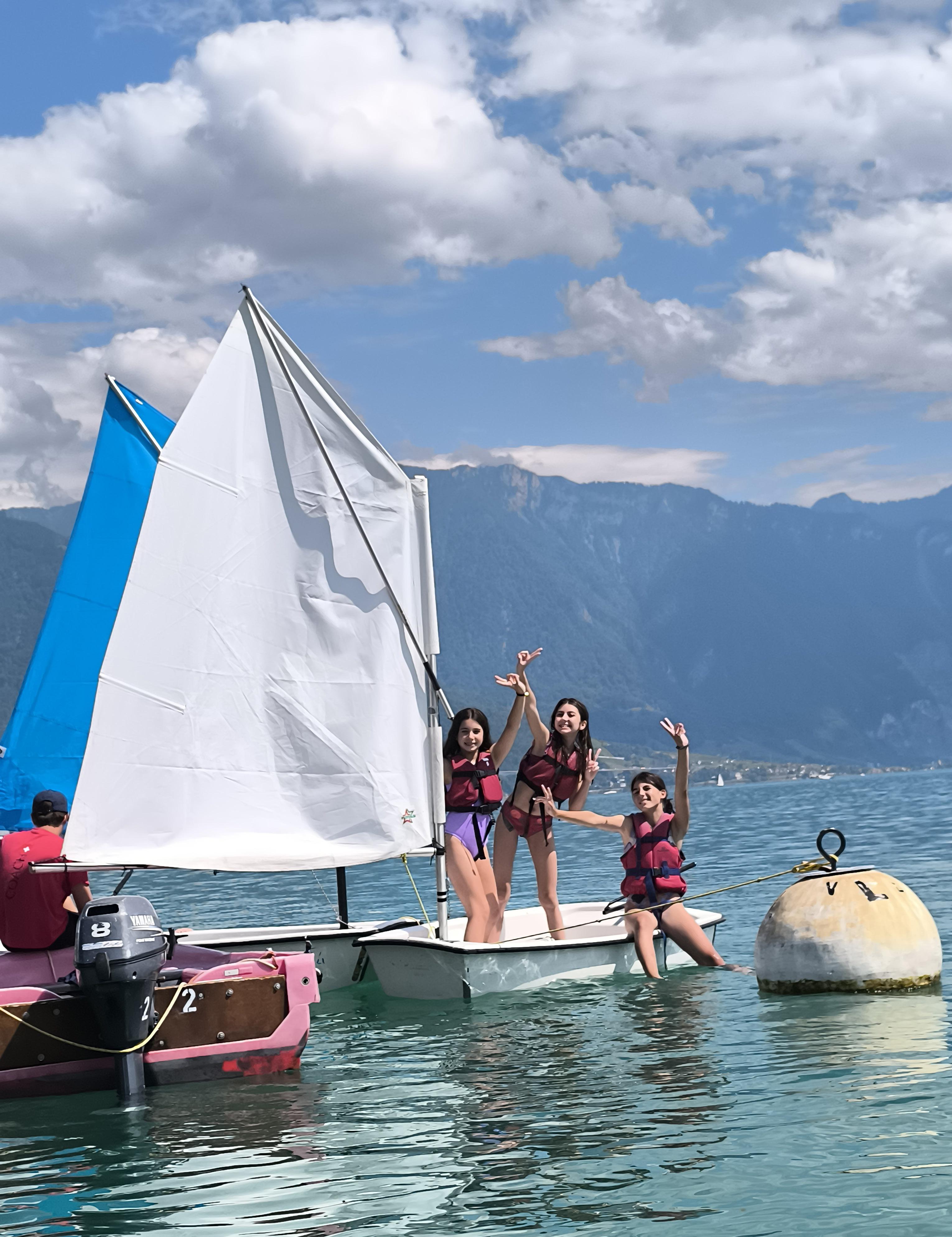



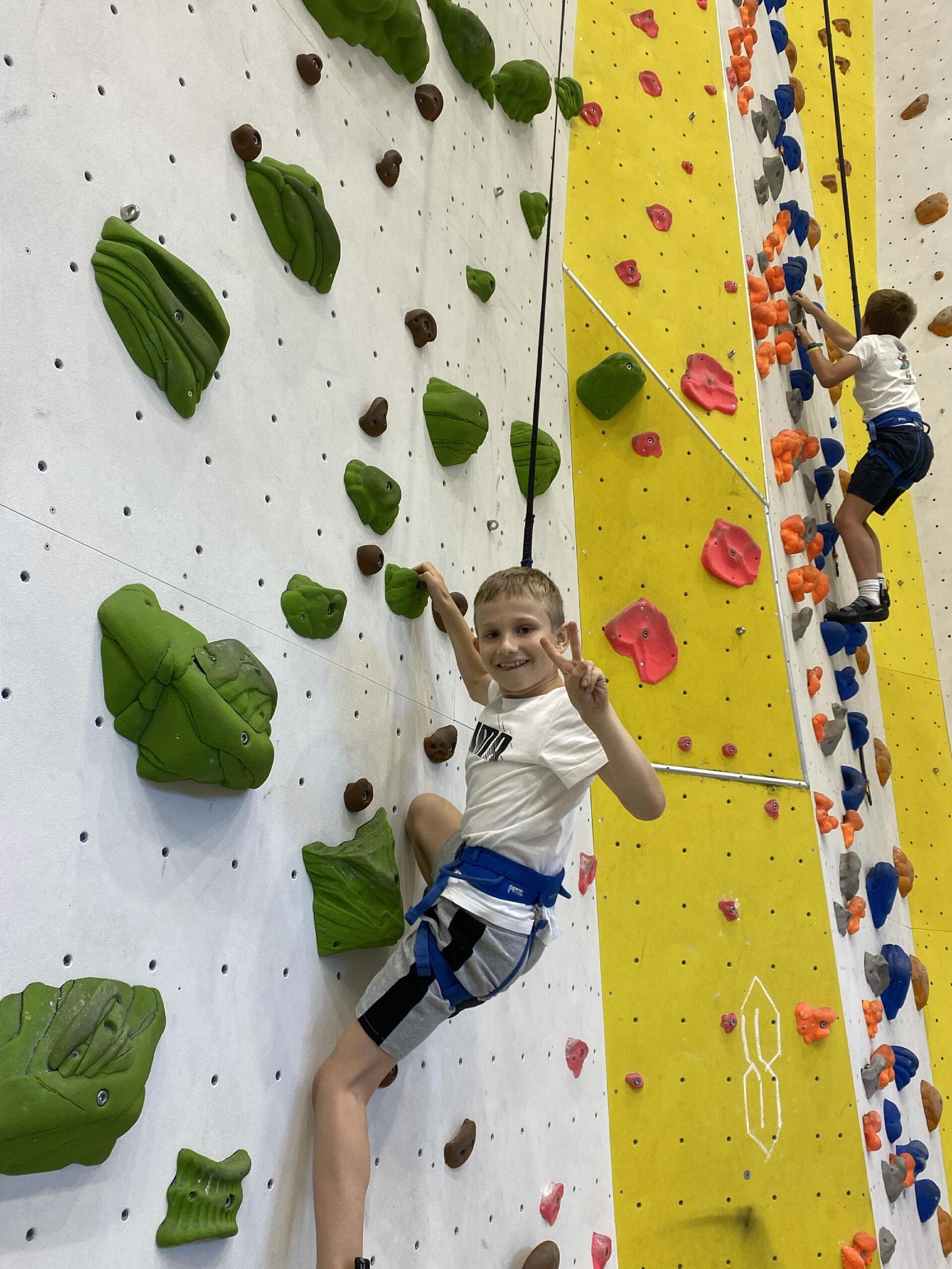








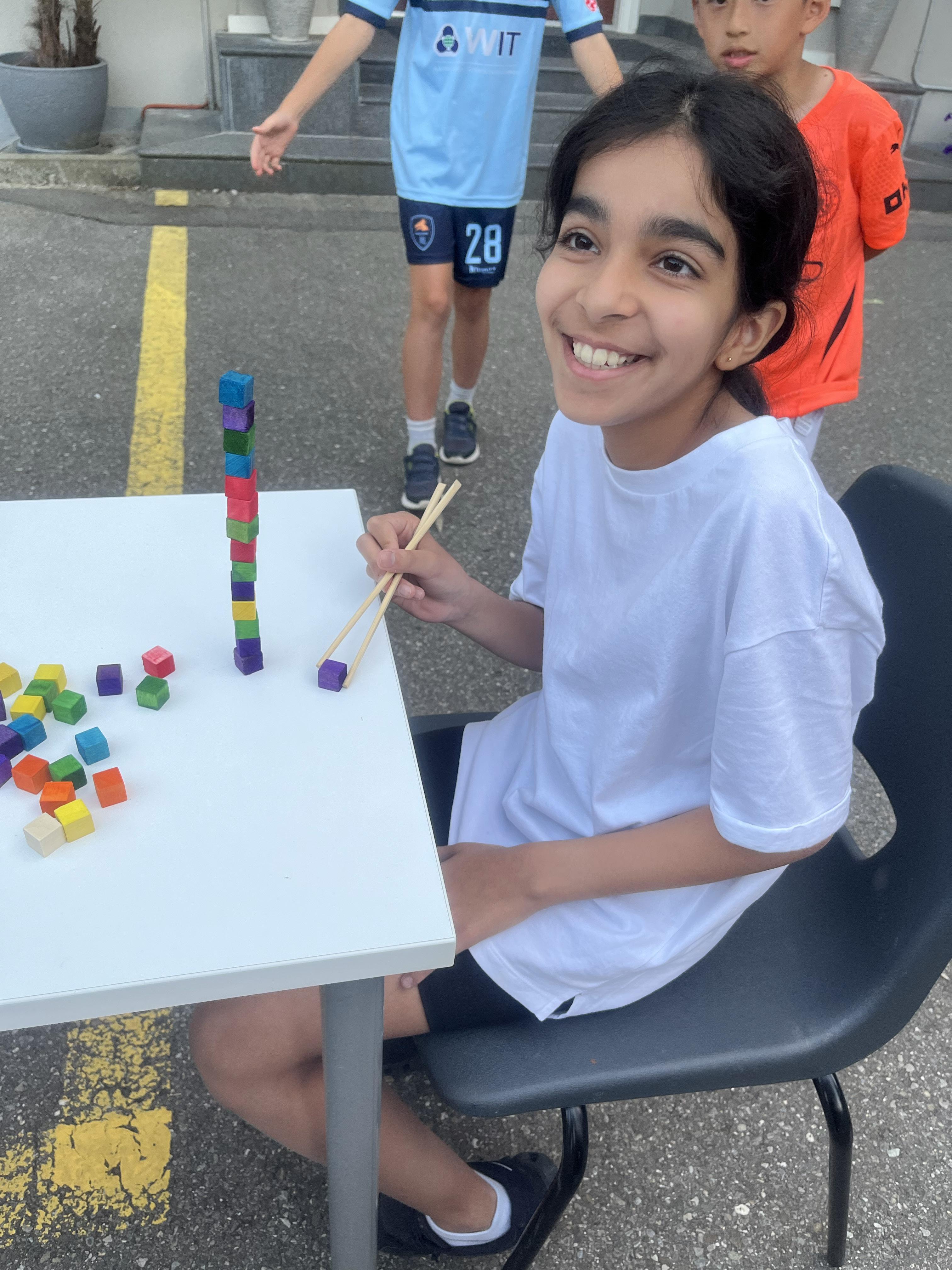

The use of VR is always popular. Not to play games, though. But to draw in 3 dimensions, or to discover Life Below Water (One of the SDGs)
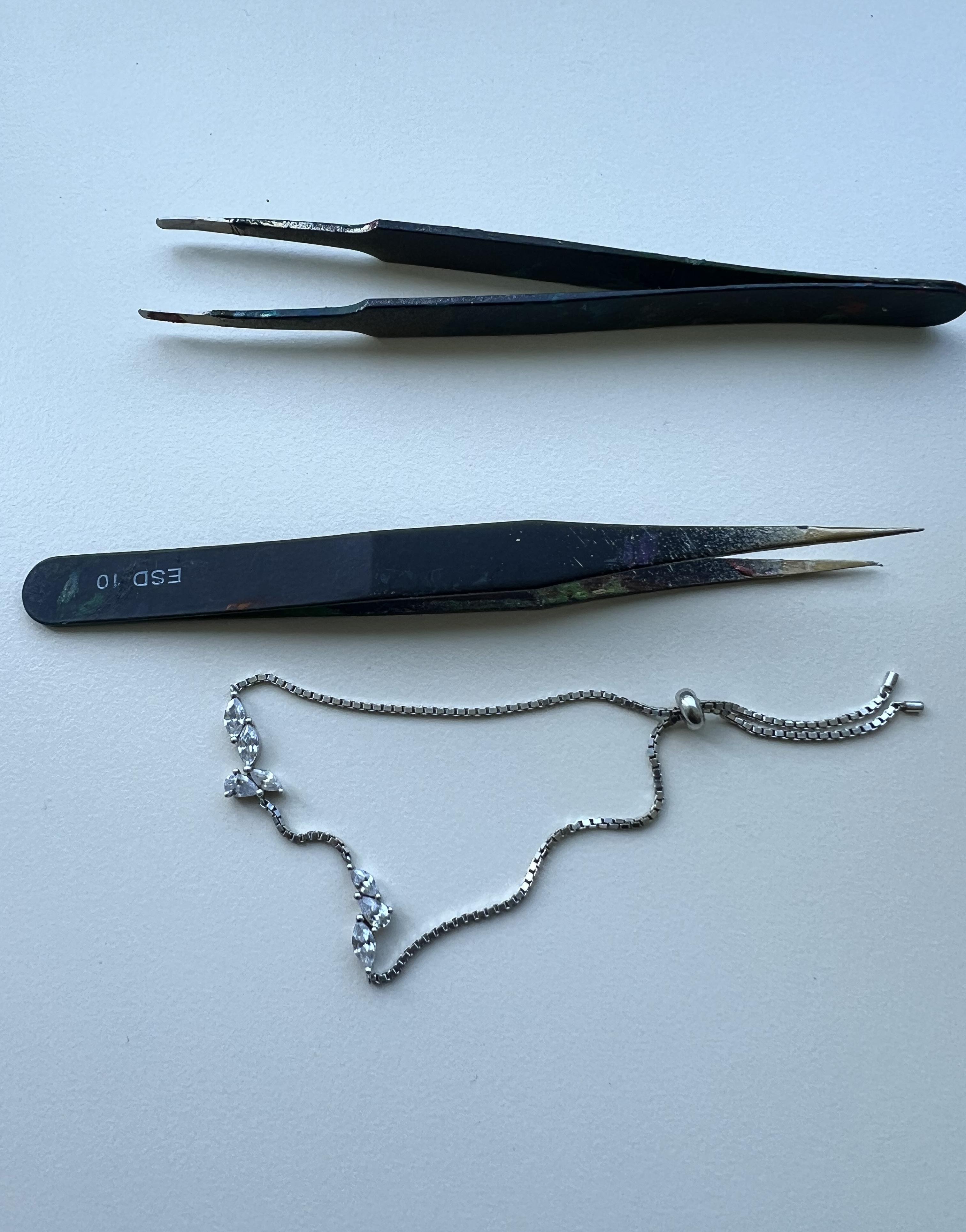
The lab can also be used for real world
This broken necklace was fixed with the tools we have, making a girl happy again!
What did you learn today? What did you like? What did you not like?
Important moment of reflection everyday. What did we learn? How does it work? These forms also serve as feed back for the facilitation team.





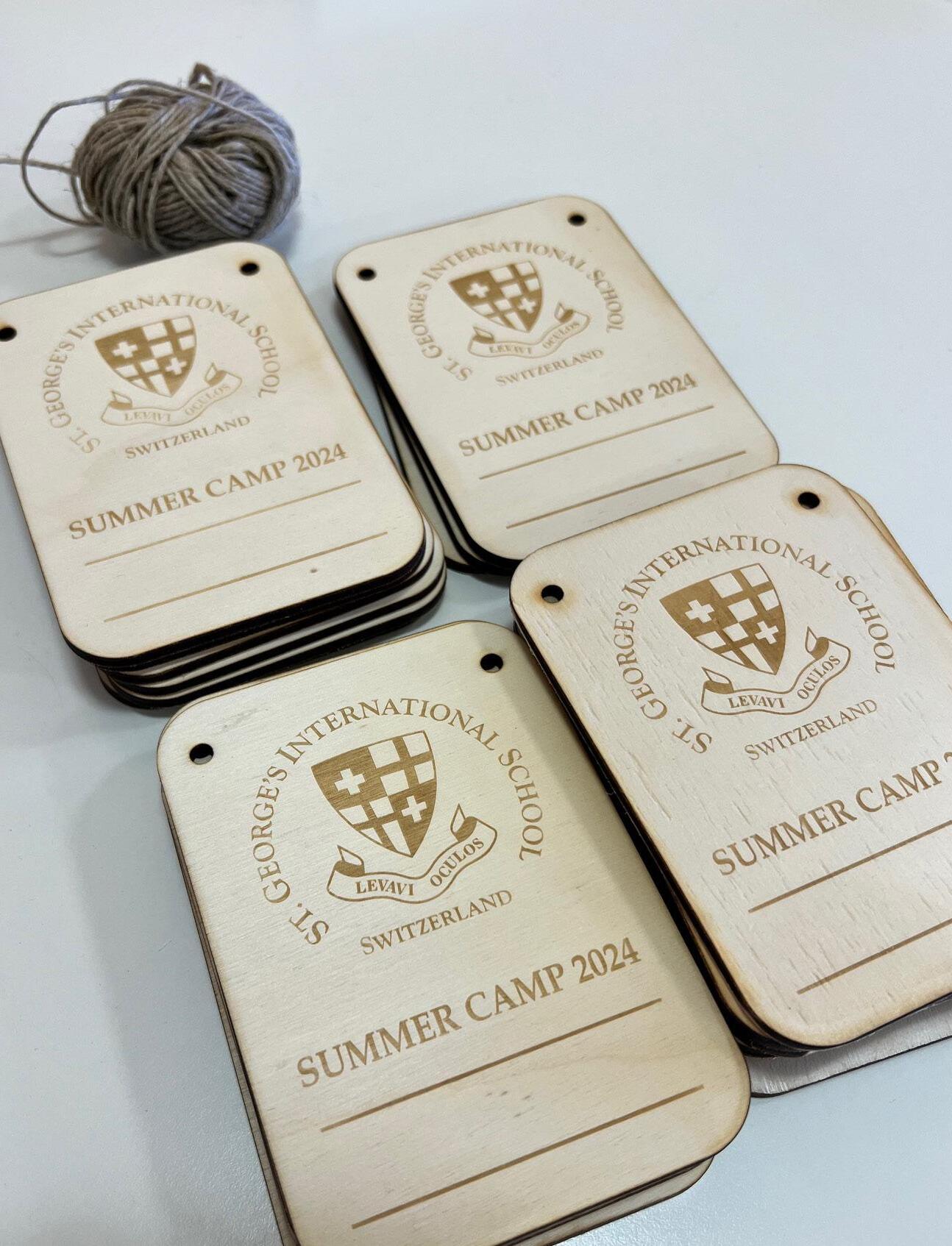
Rewards and medals are given at the end of the camp, emphasising creative talent, but more importantly social behaviour, eagerness to learn, willing to help, collaborate.
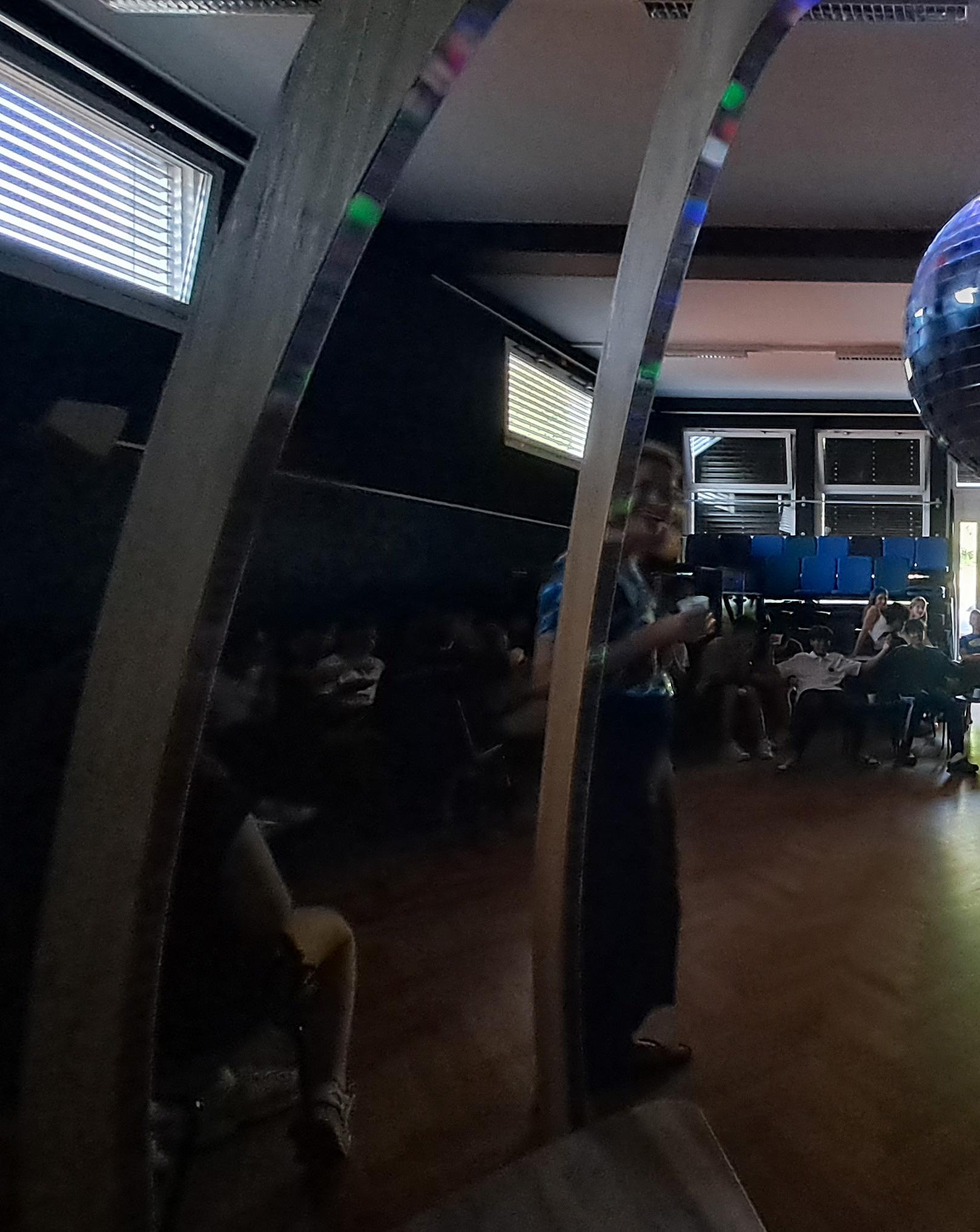
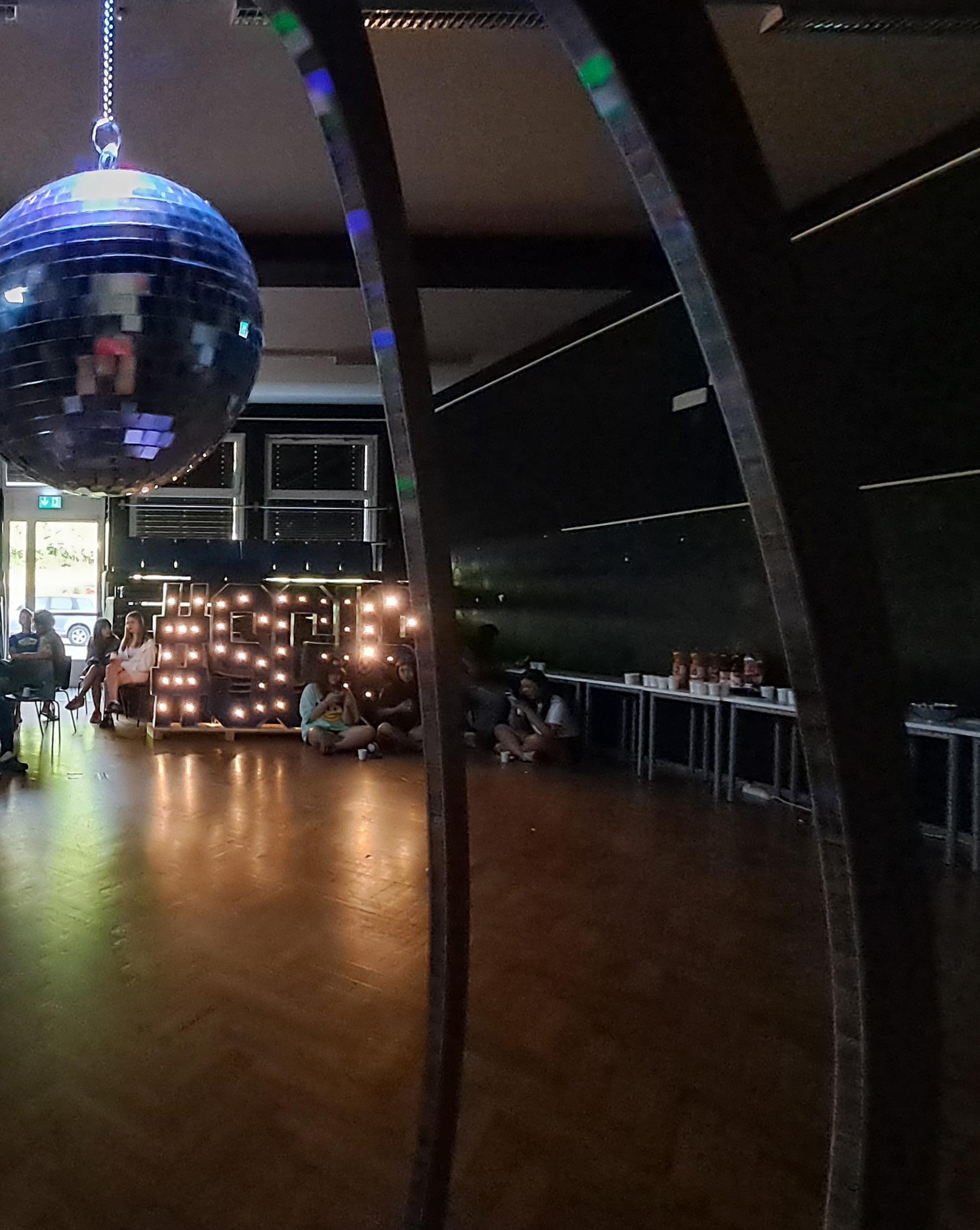
Thank you & see you next year!

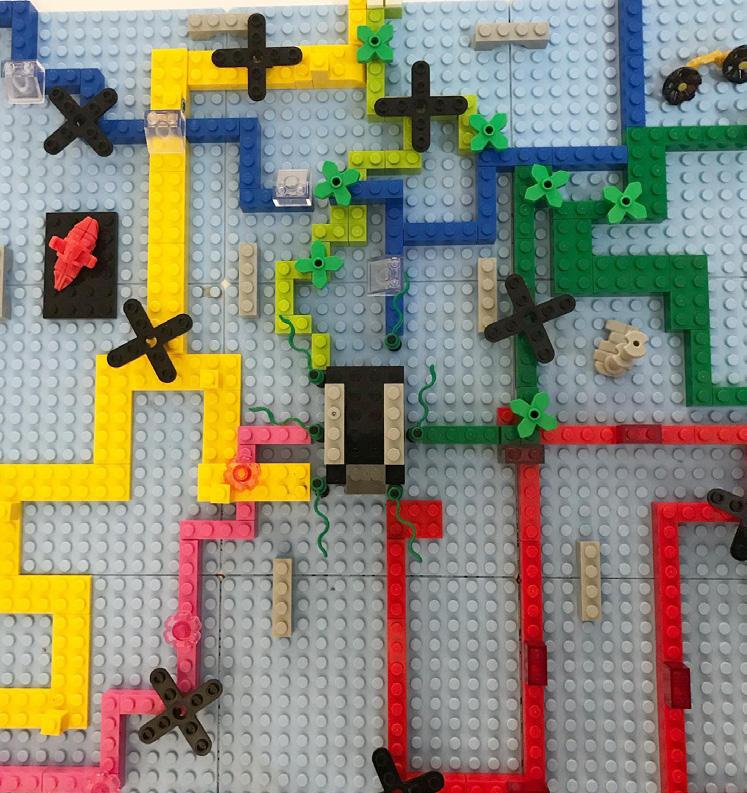



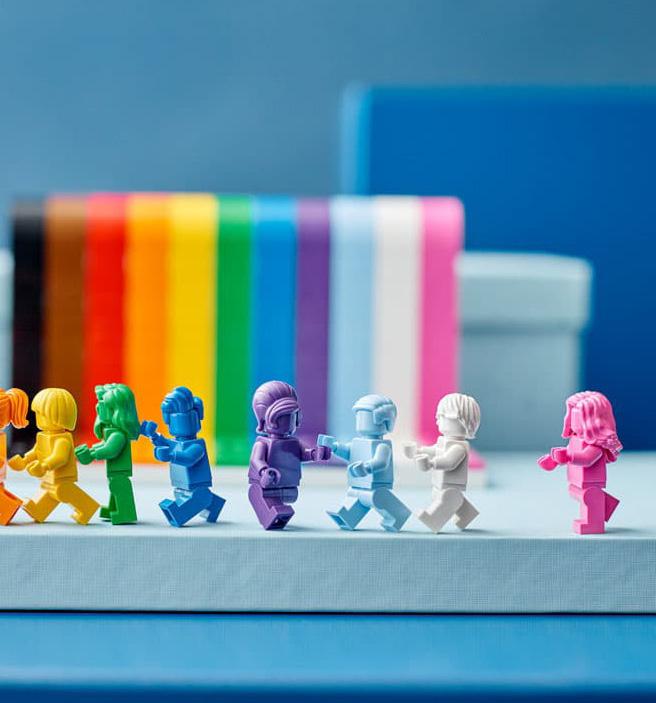


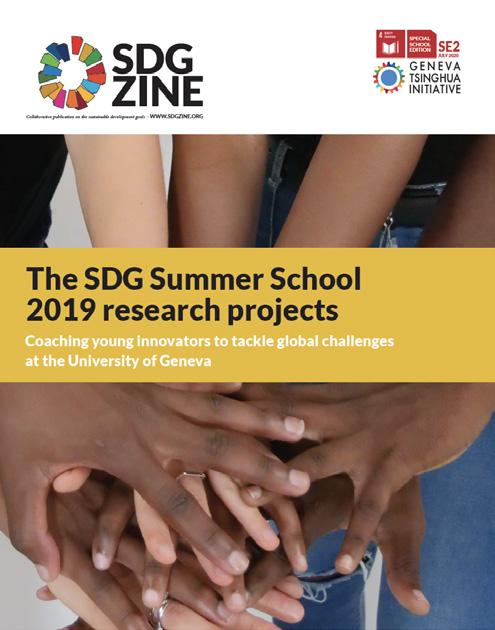
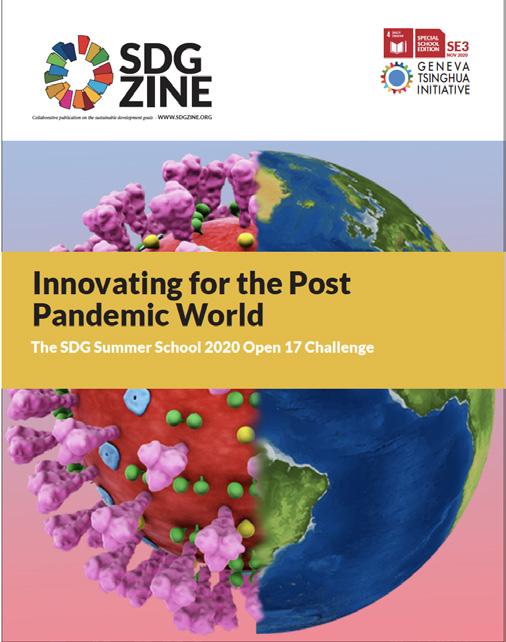
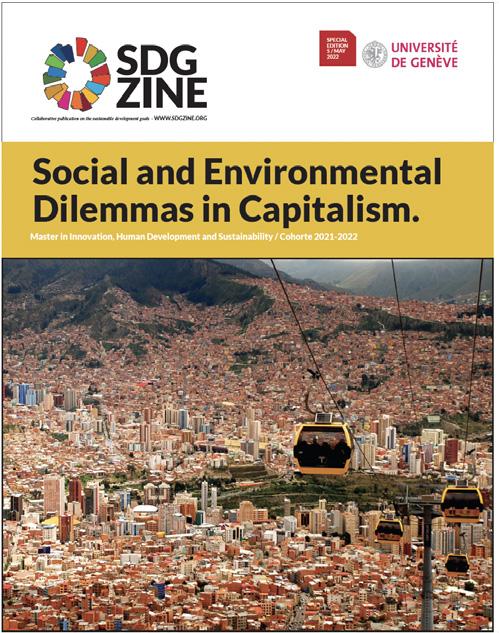



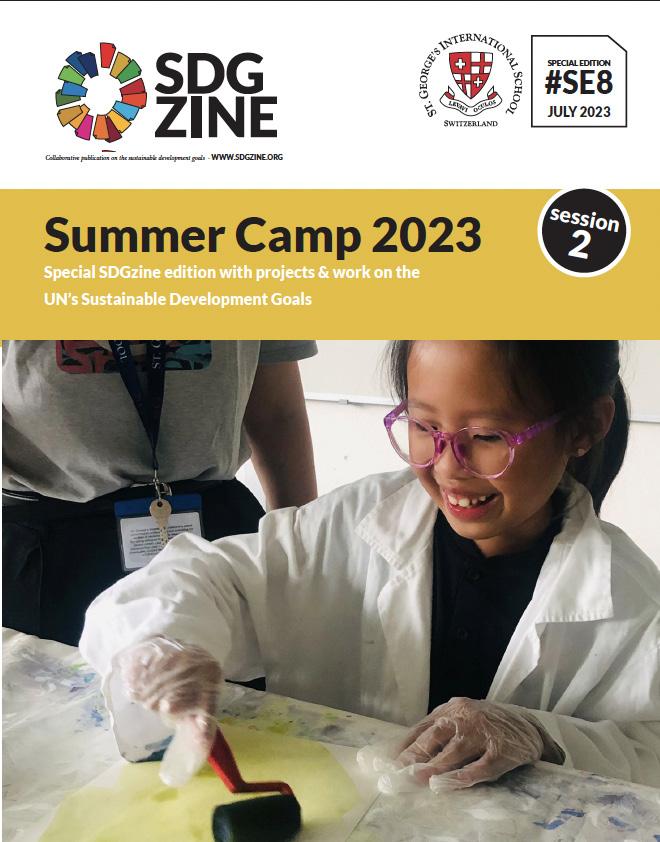



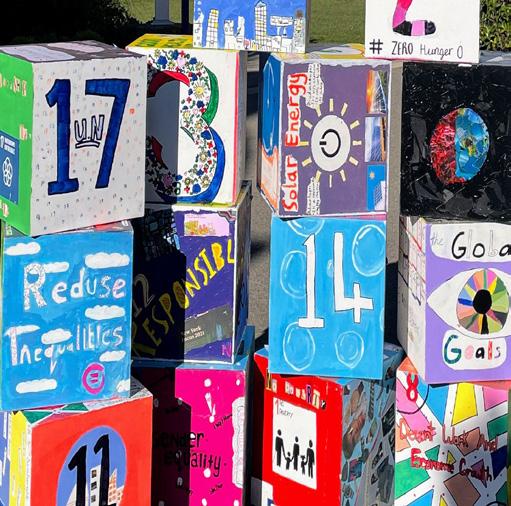
Mail info@sdgzine.org for more information or questions.
